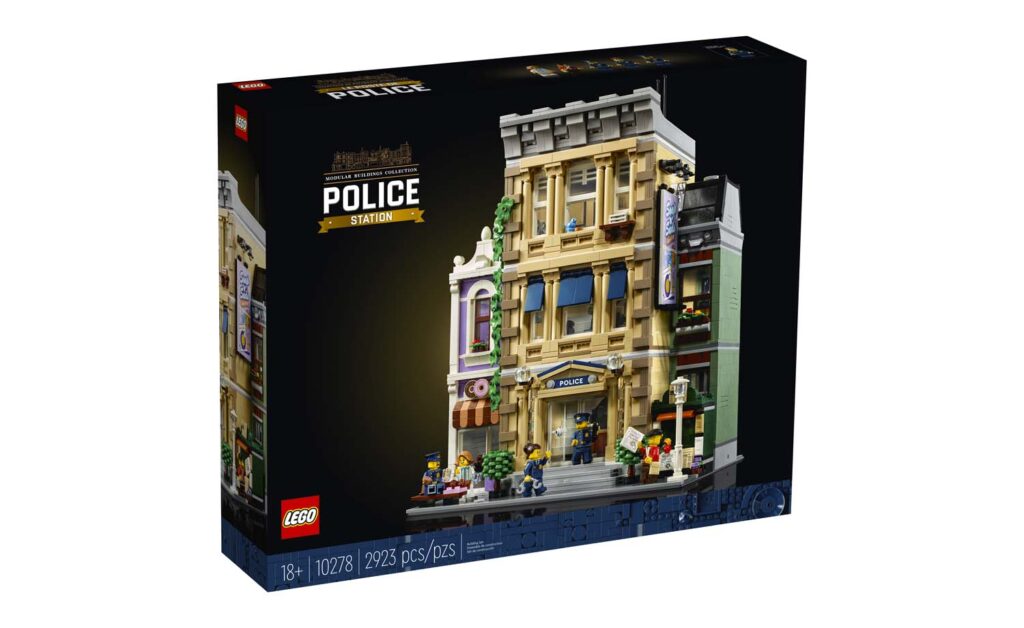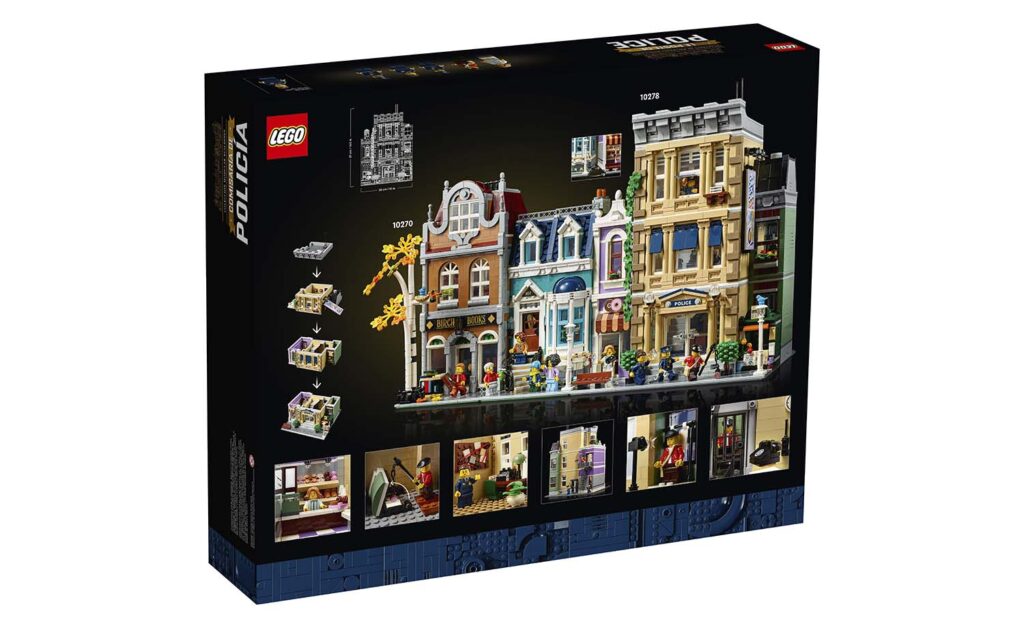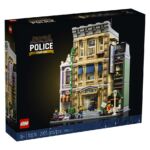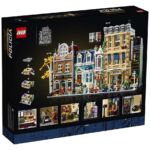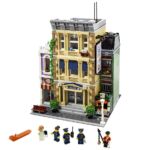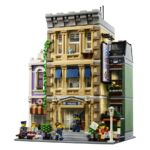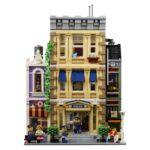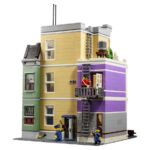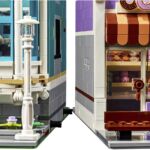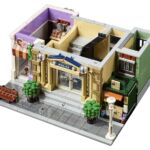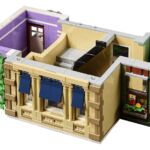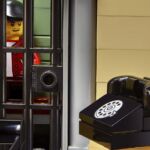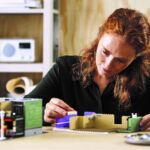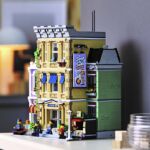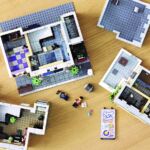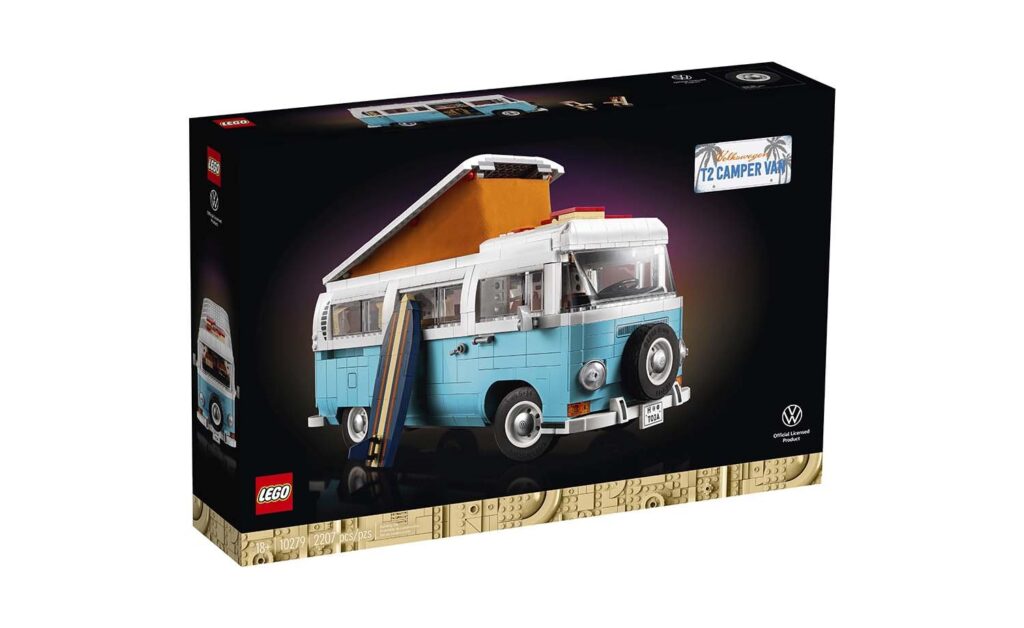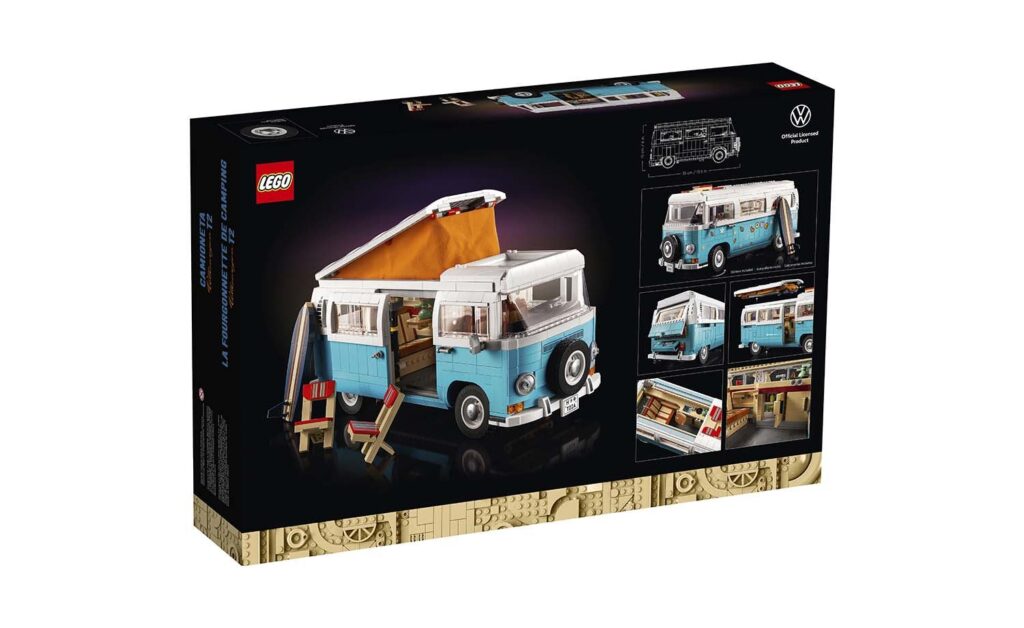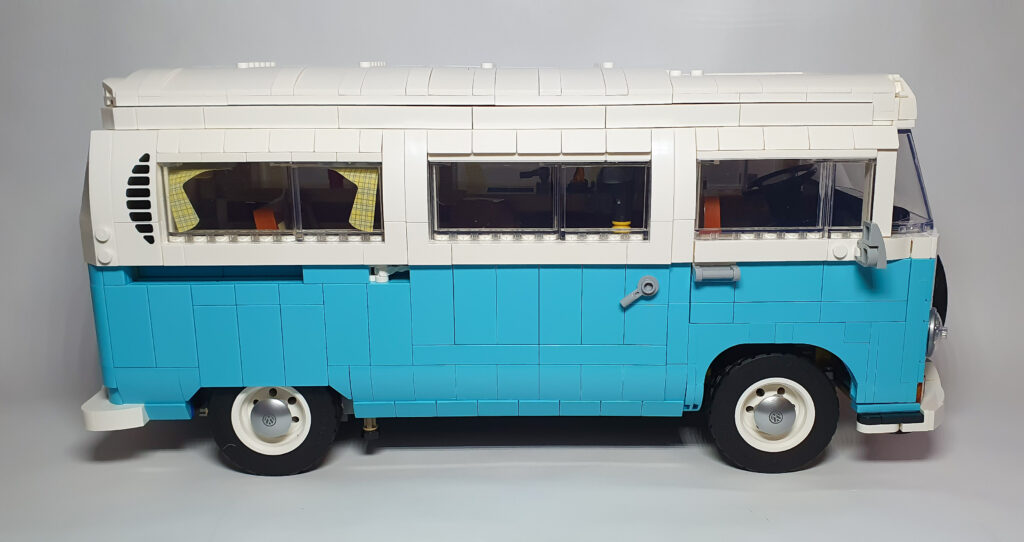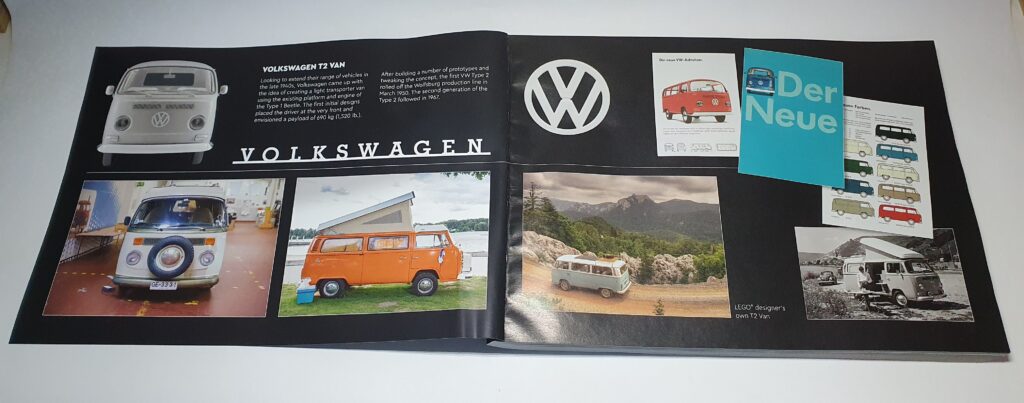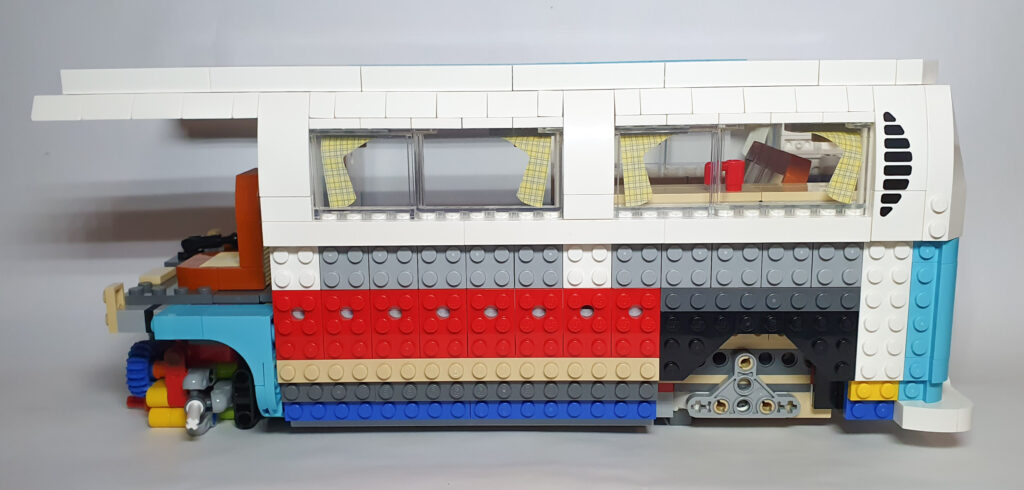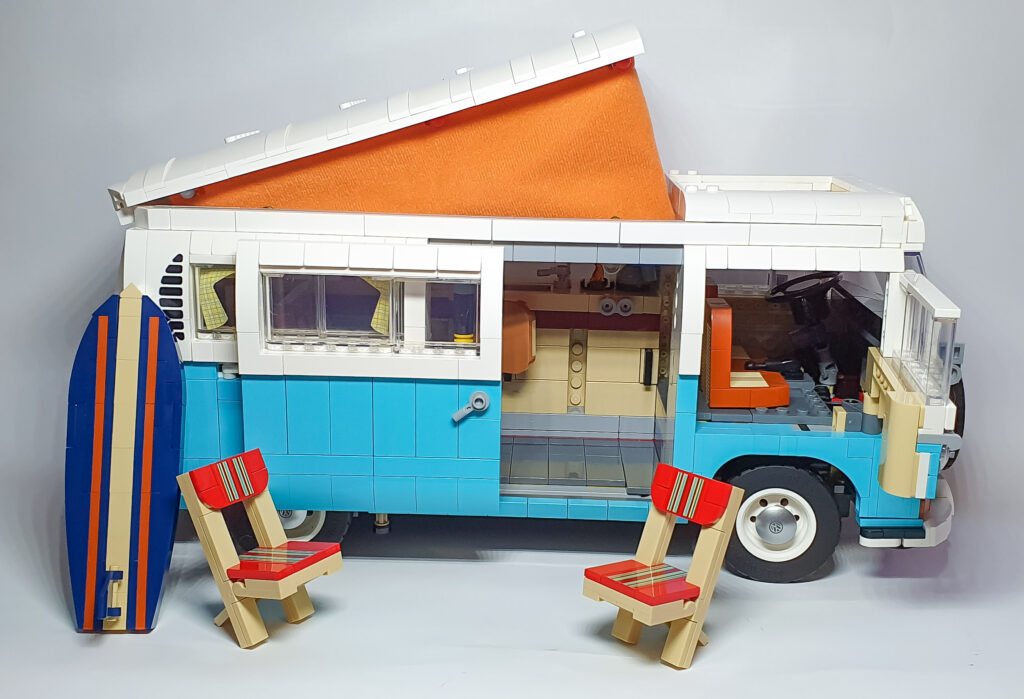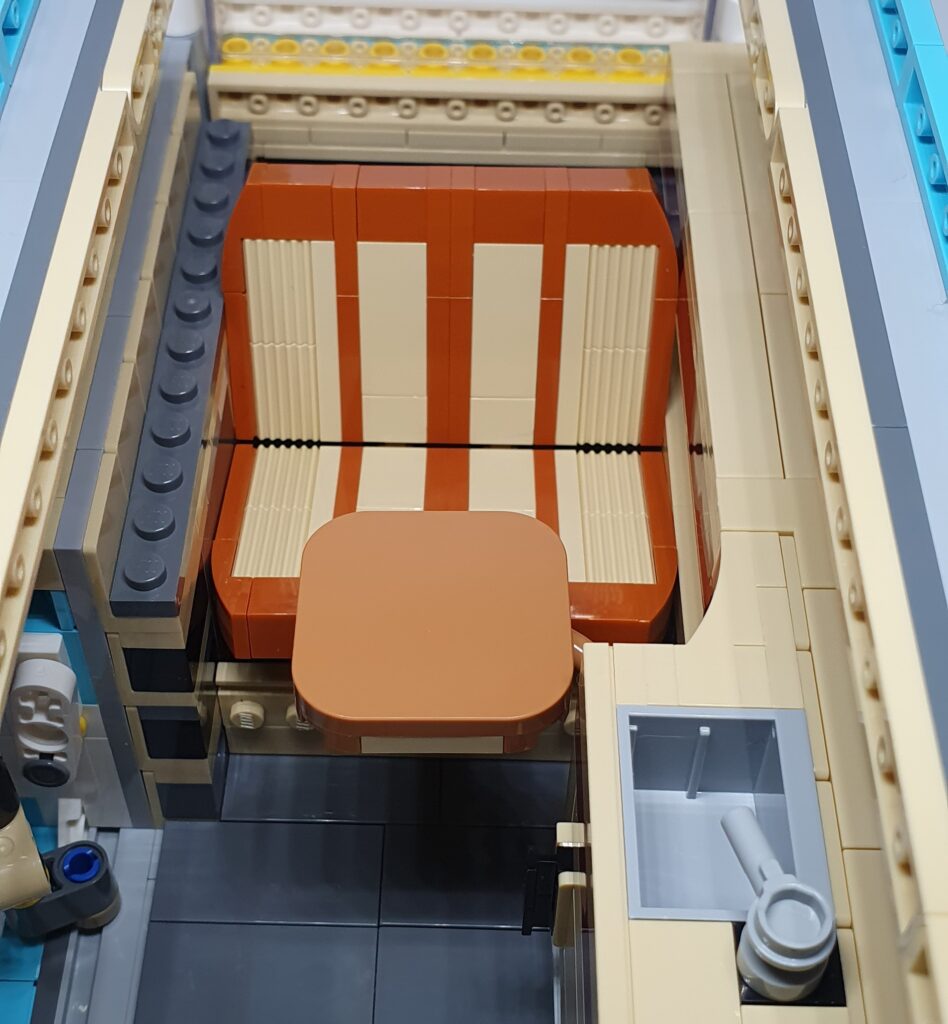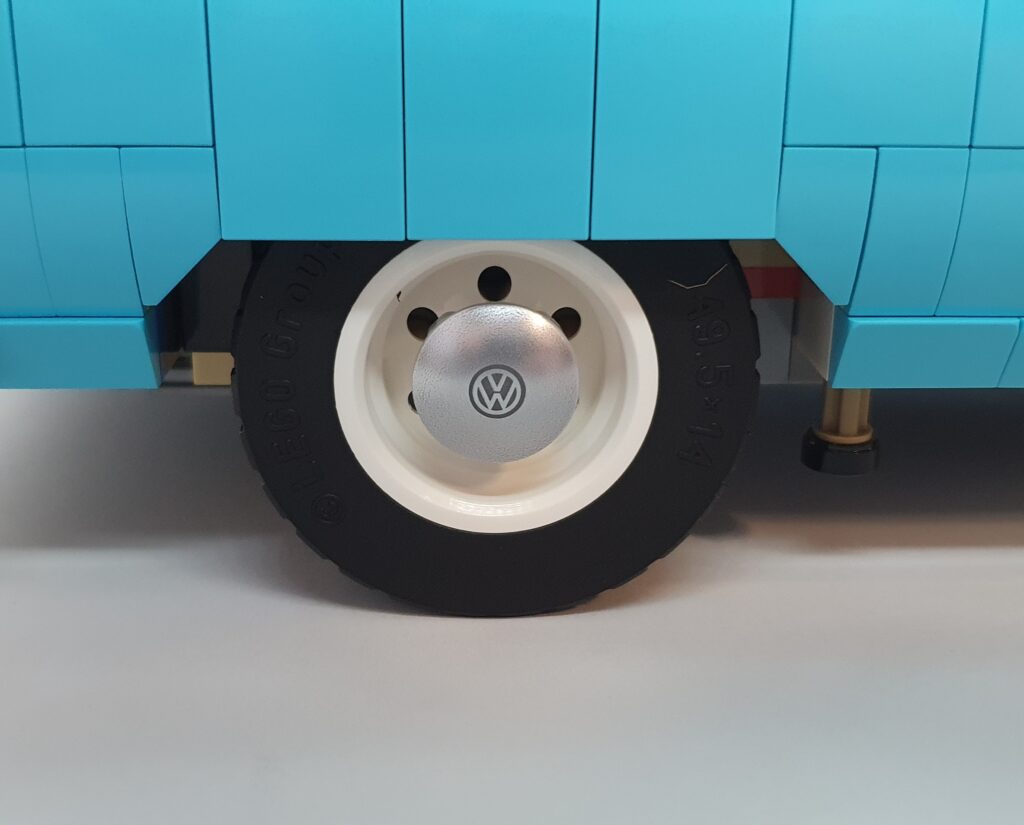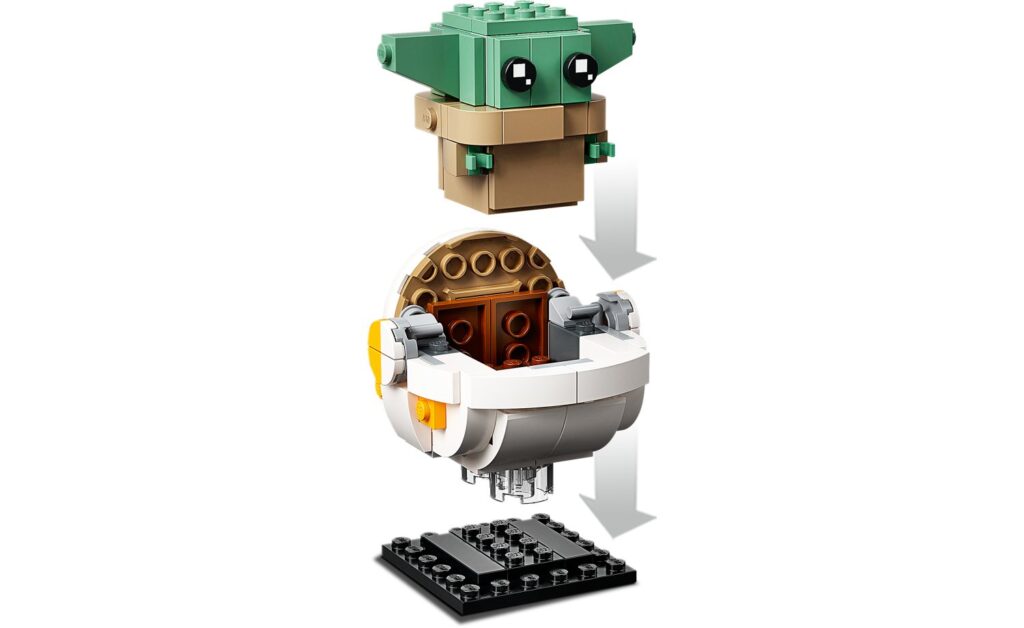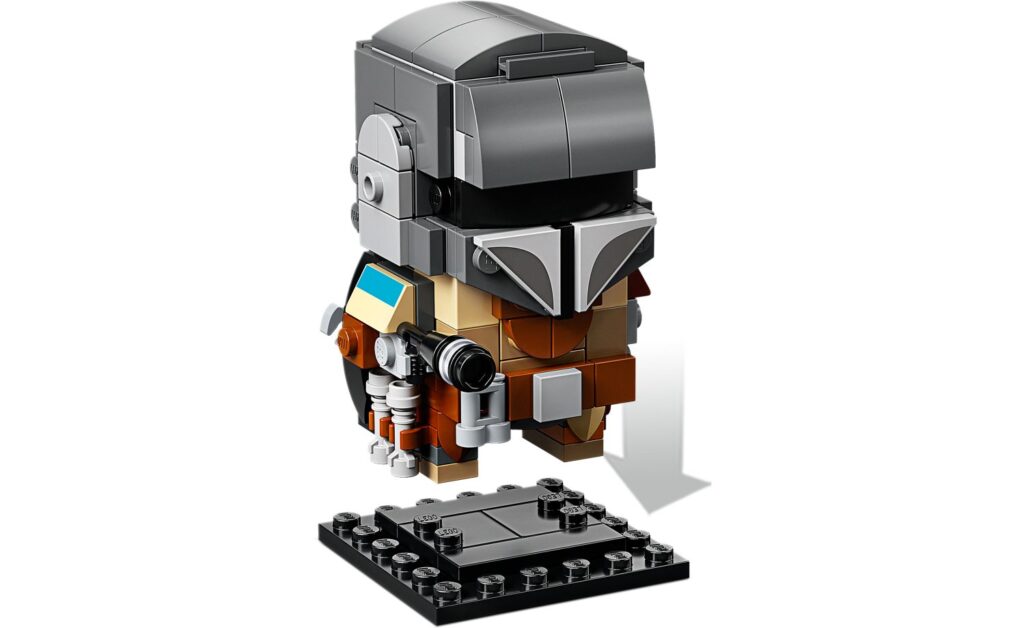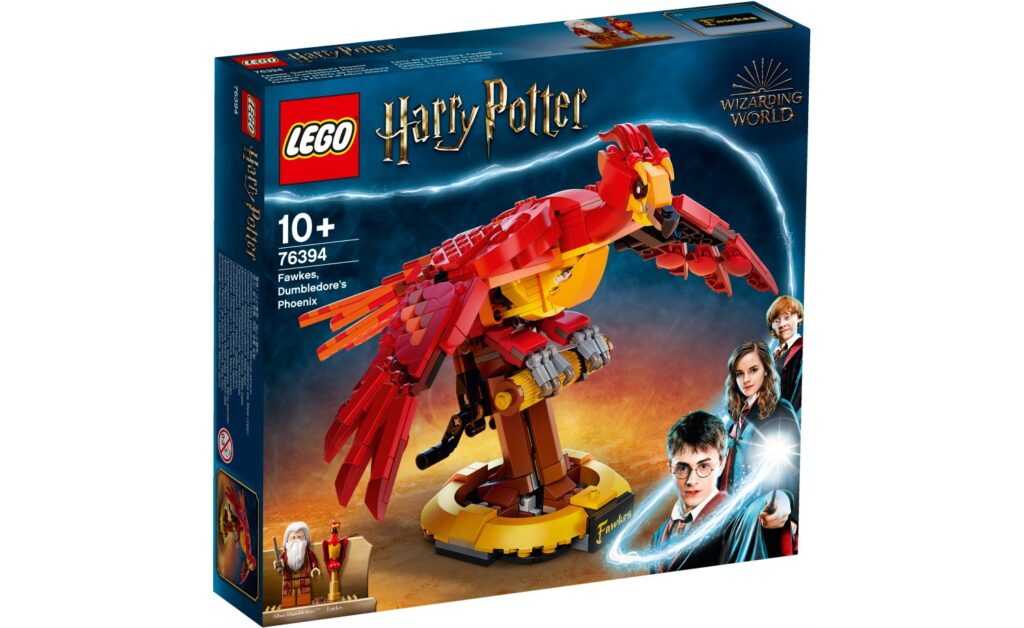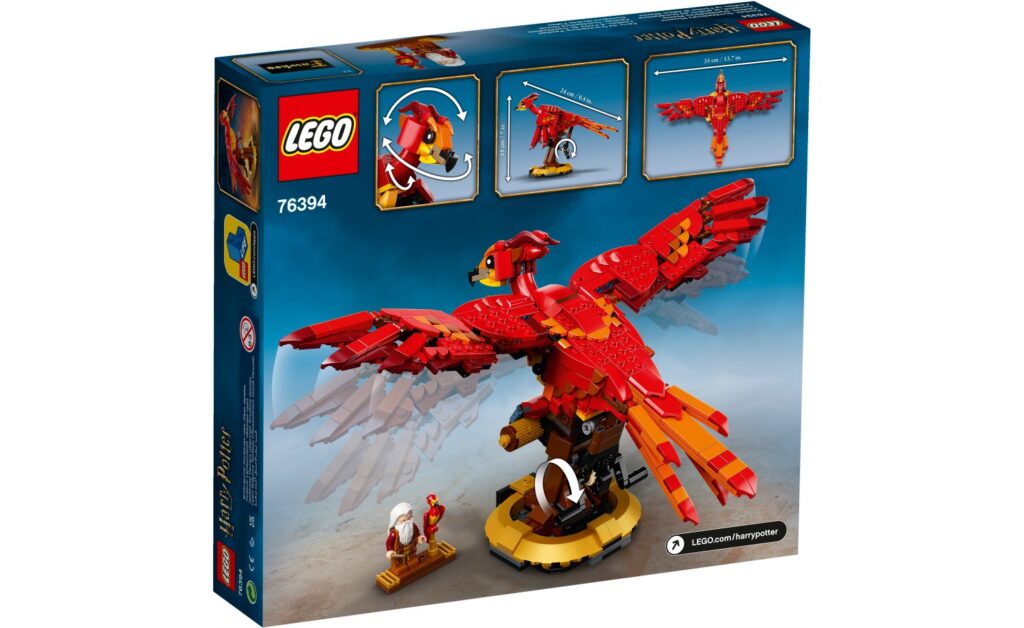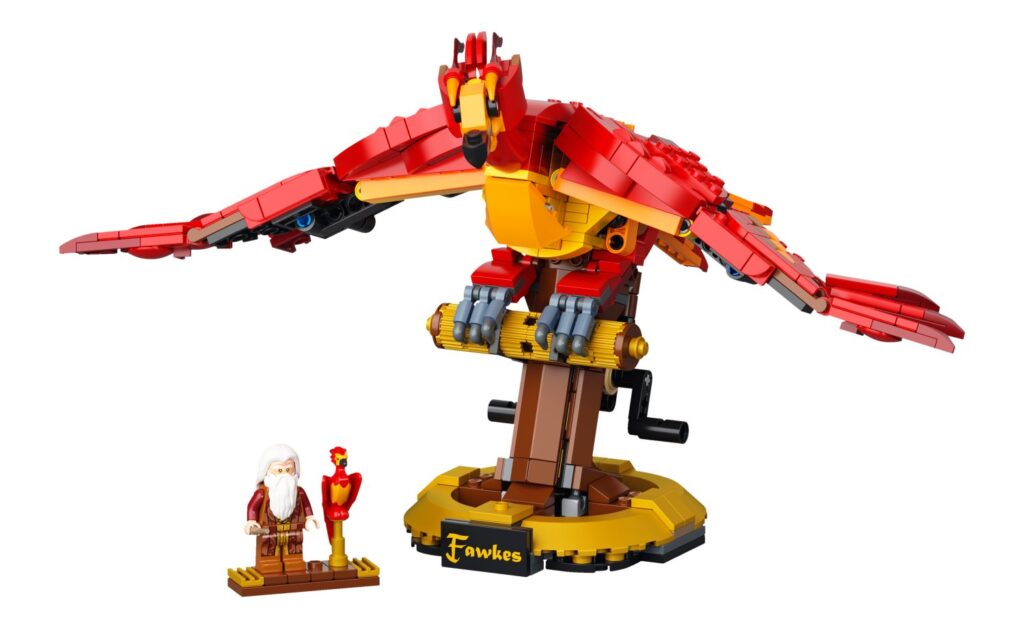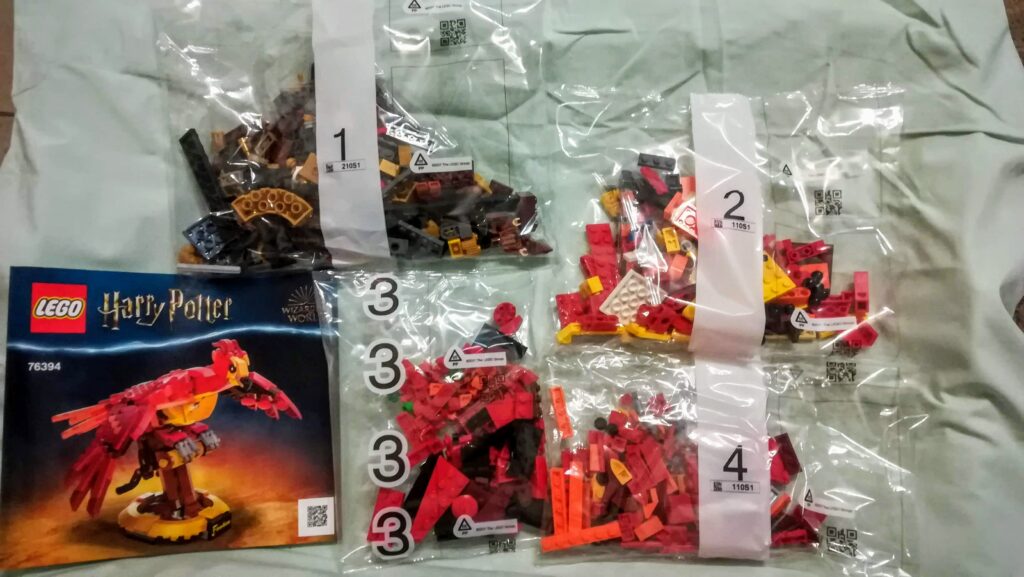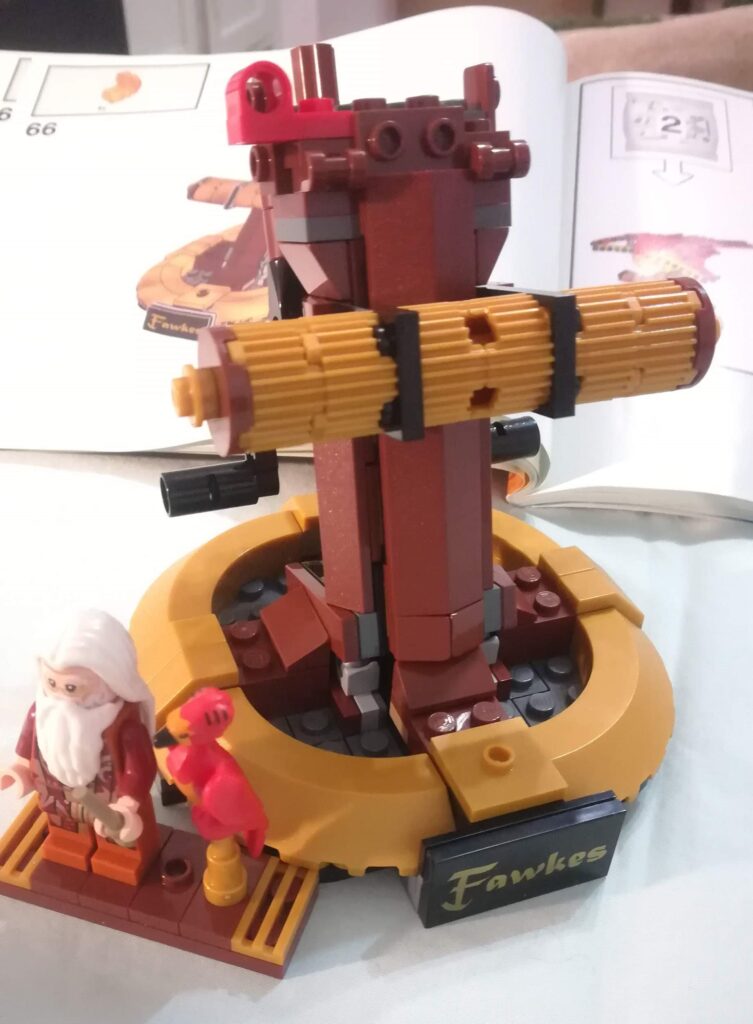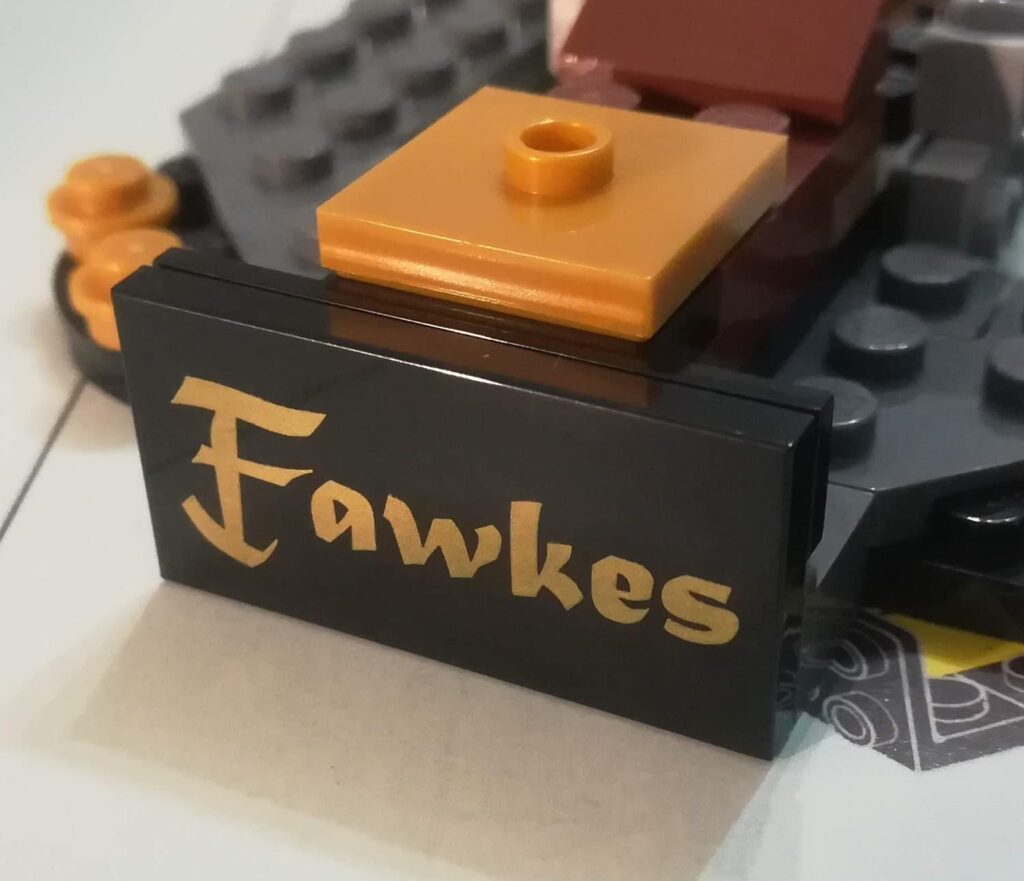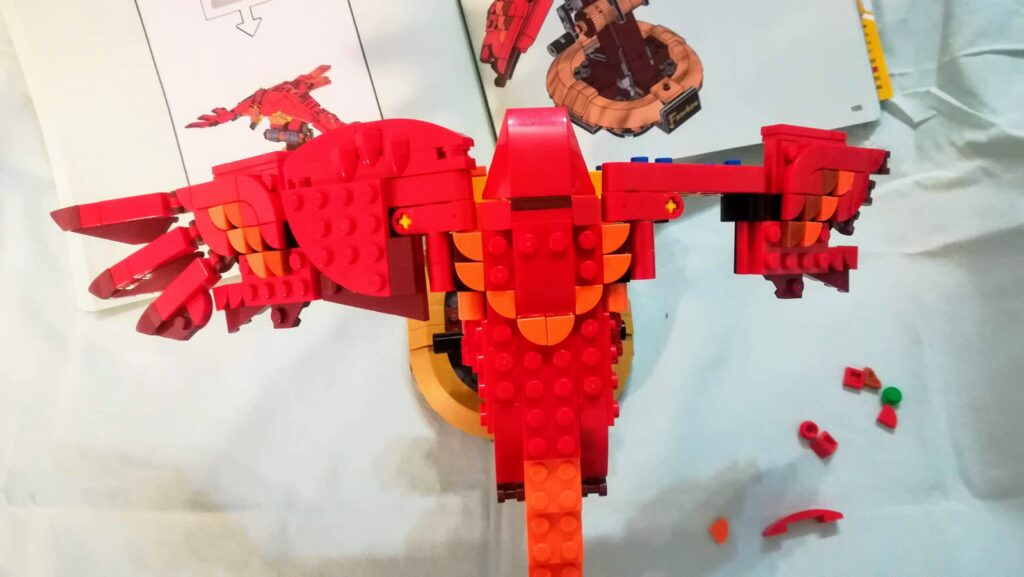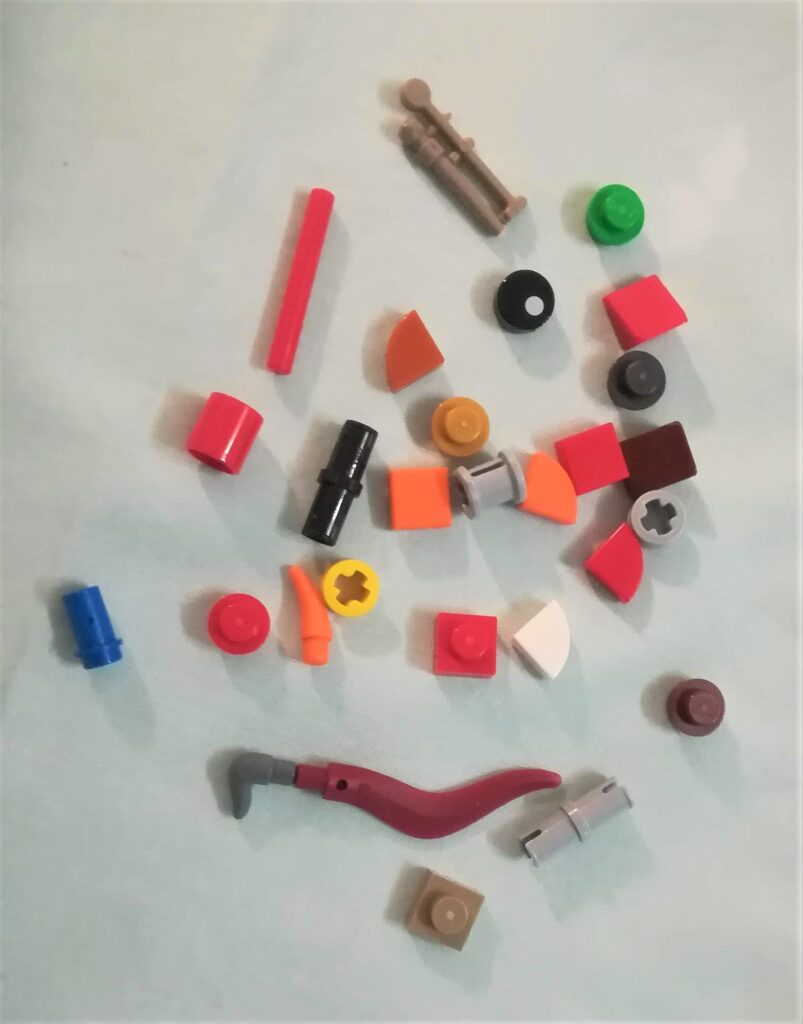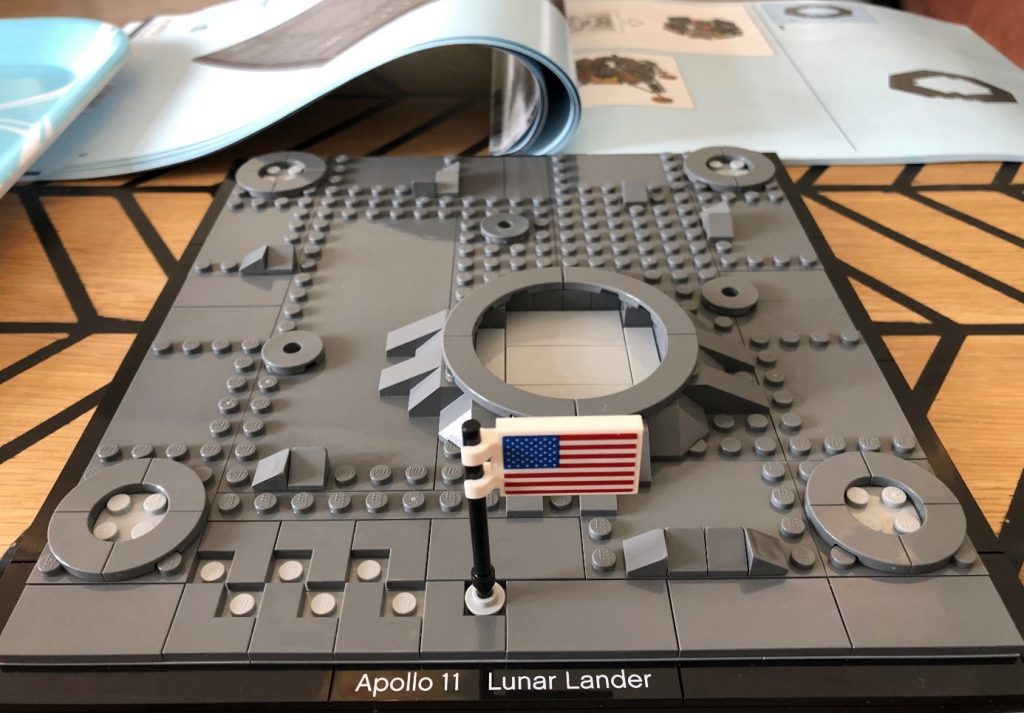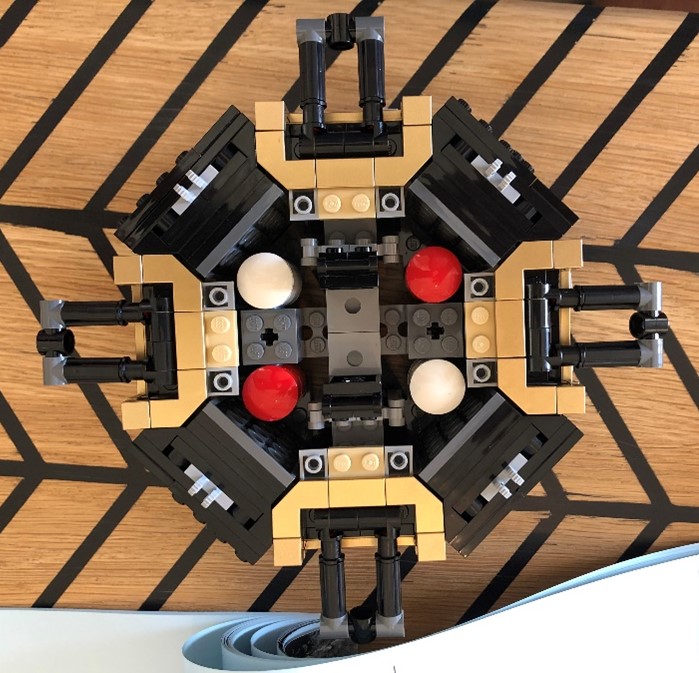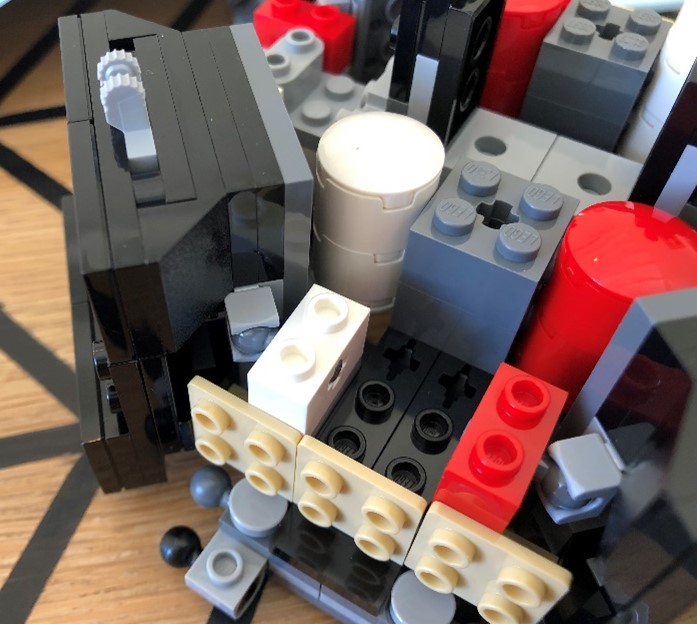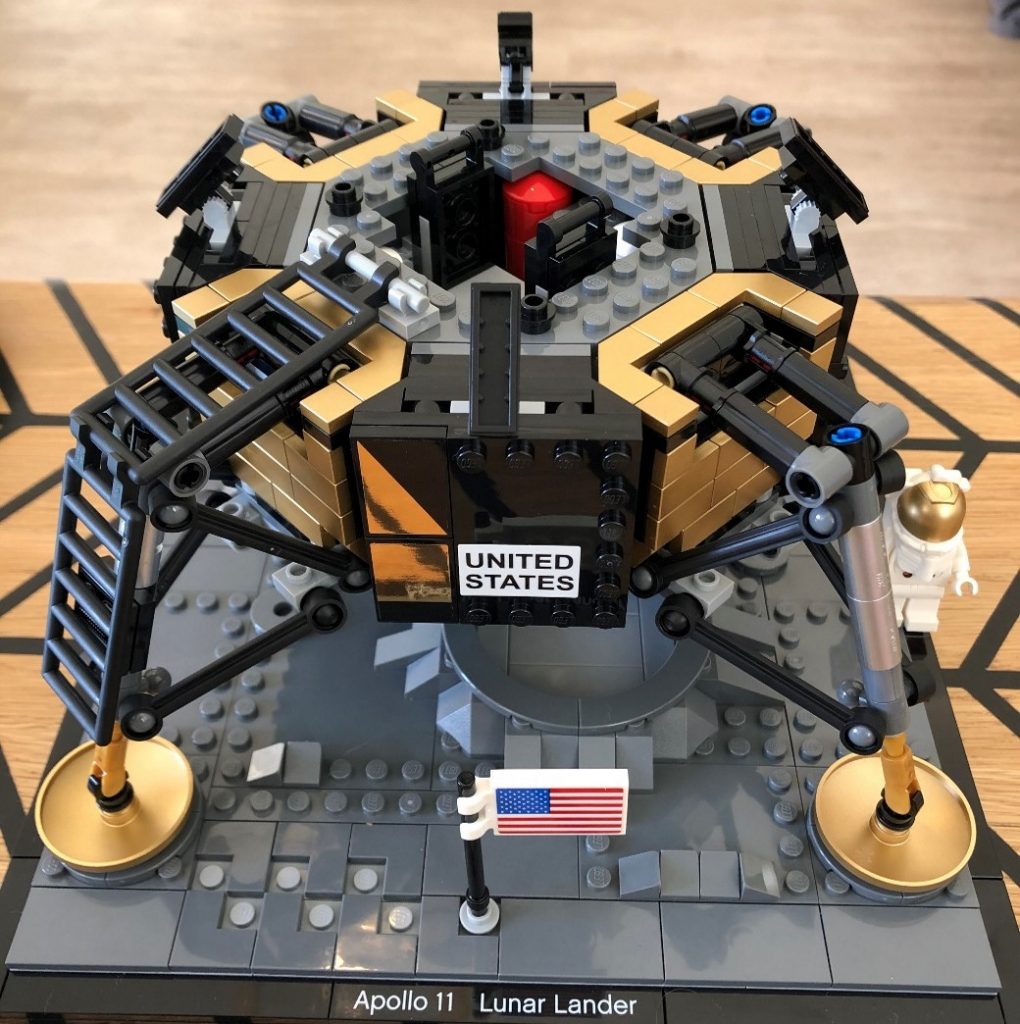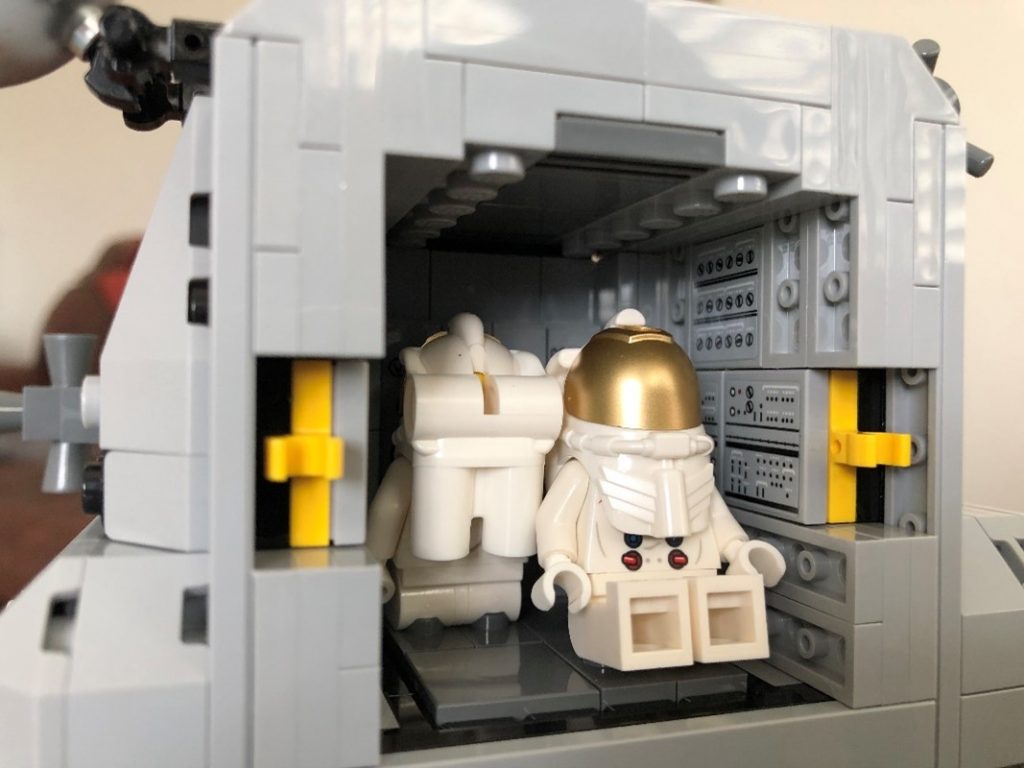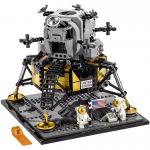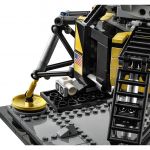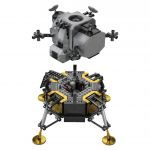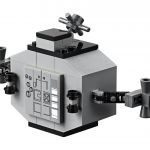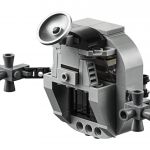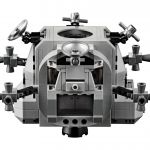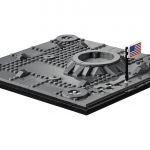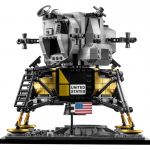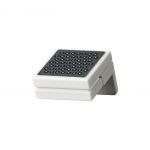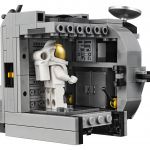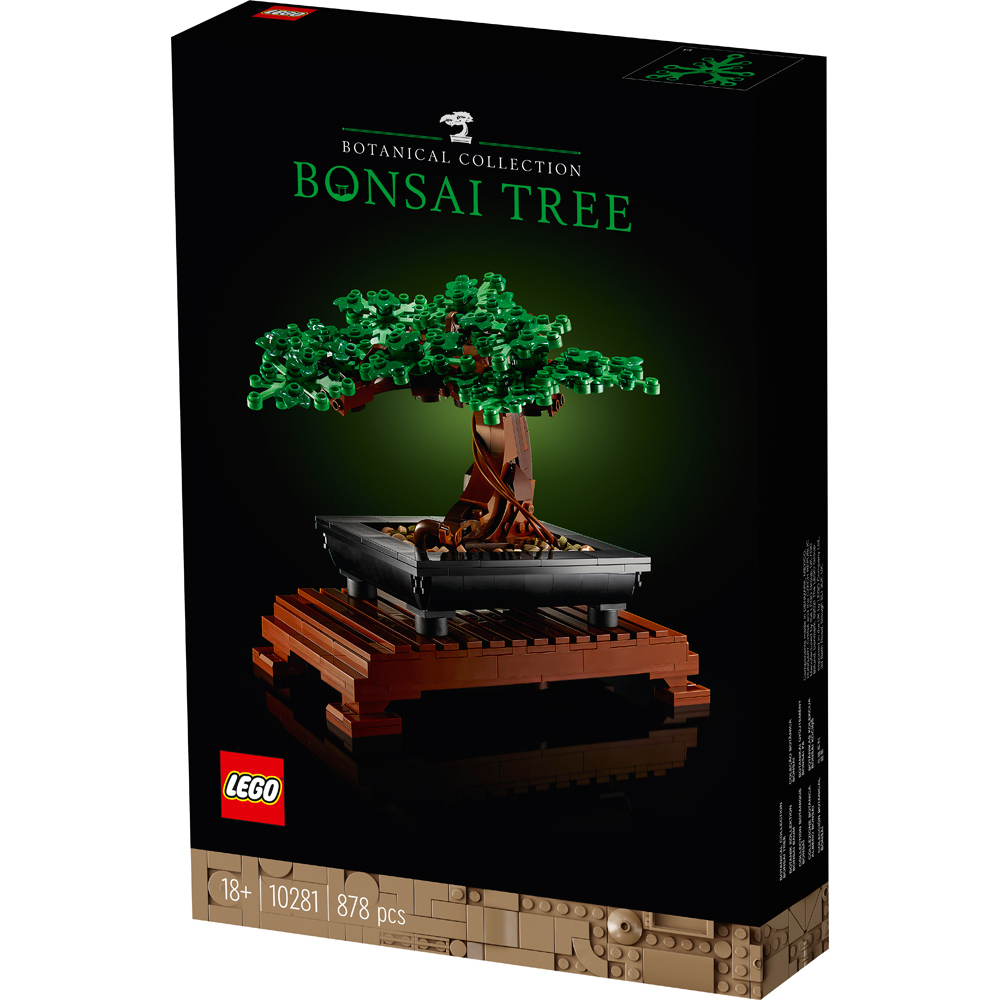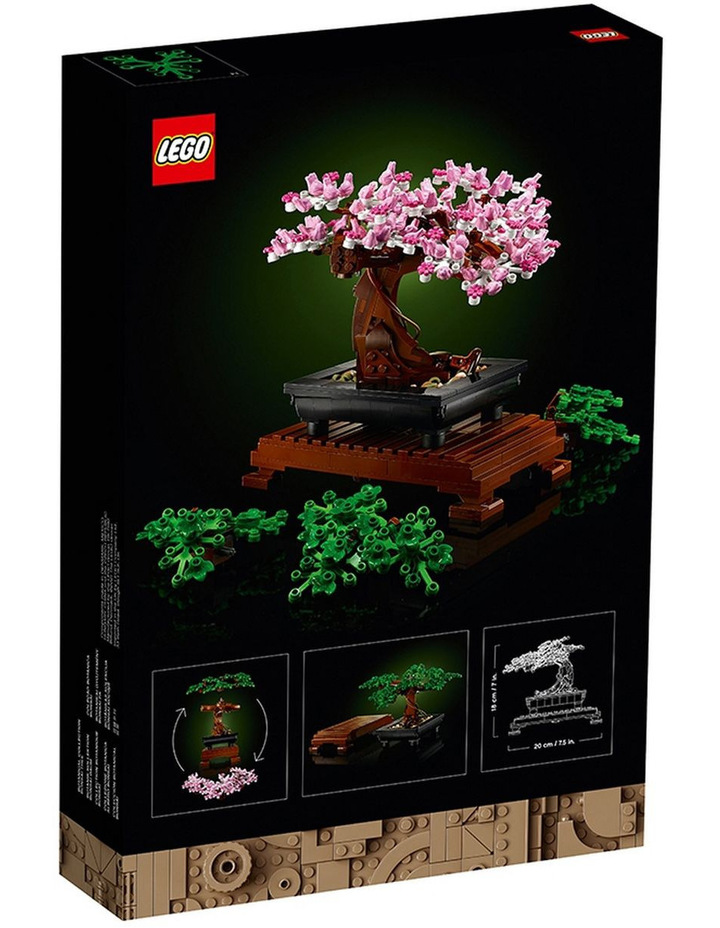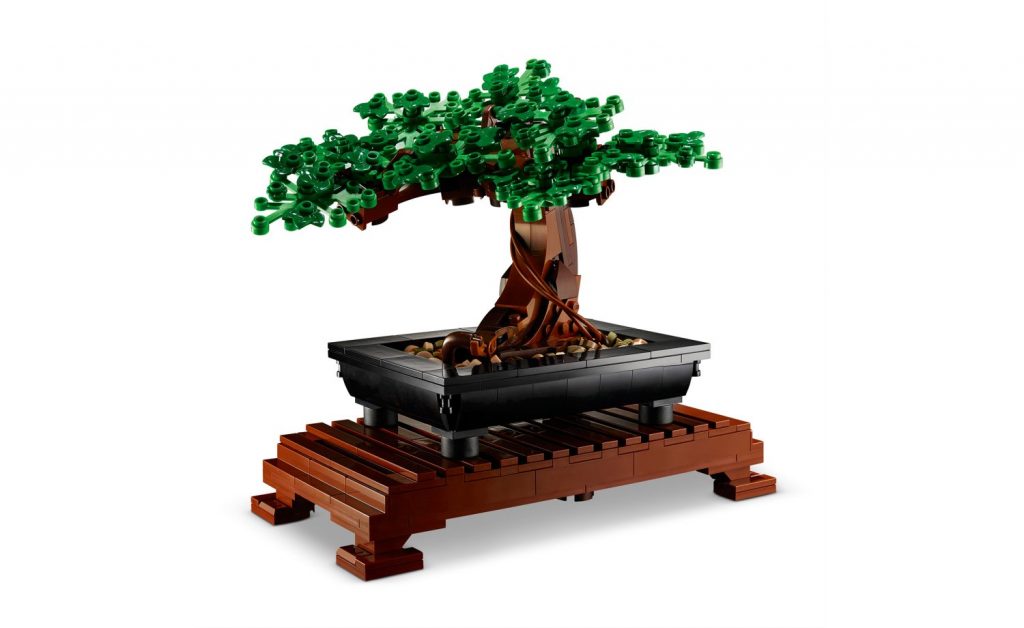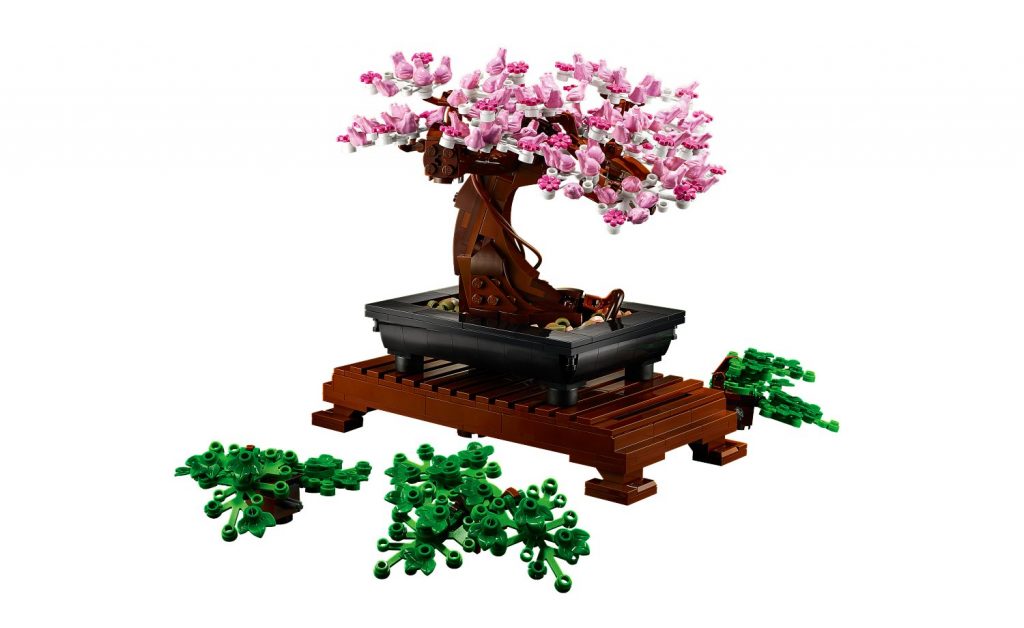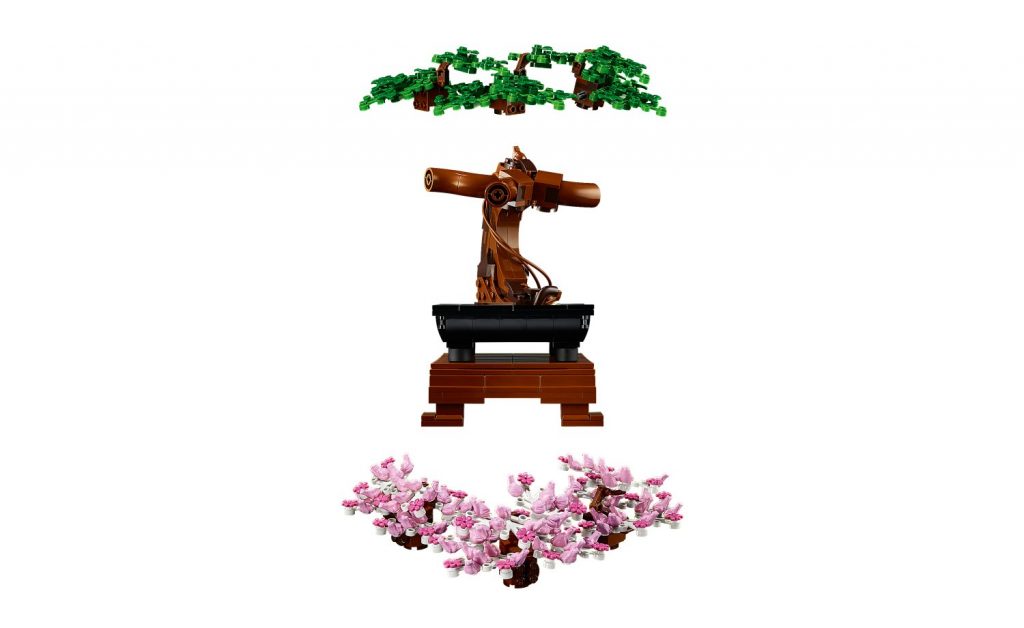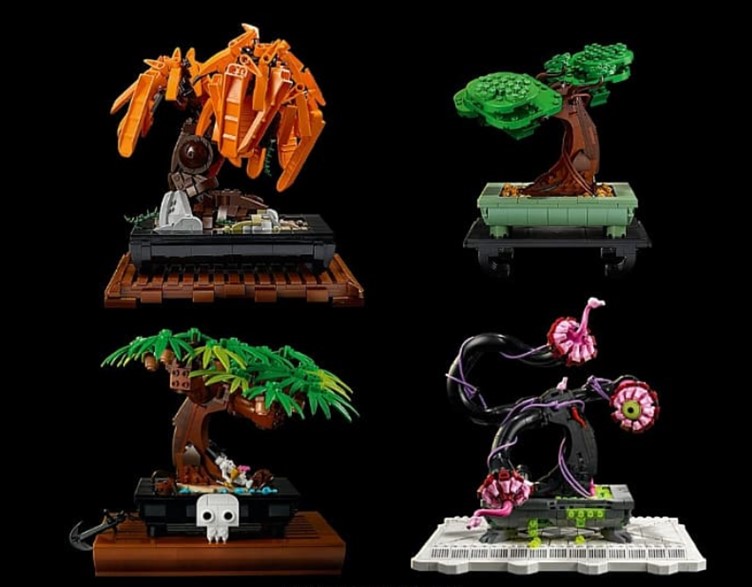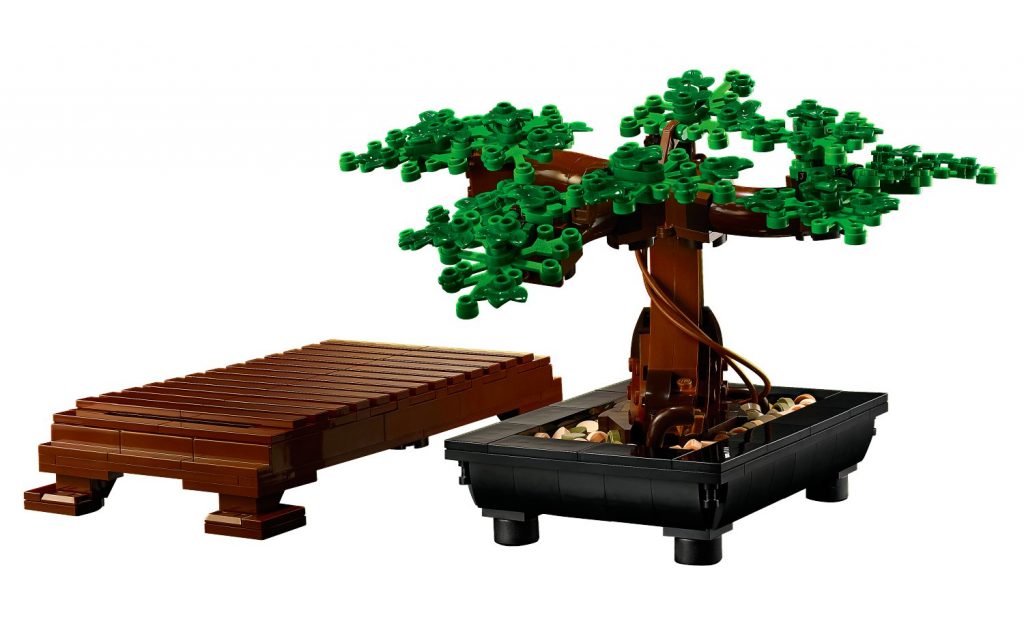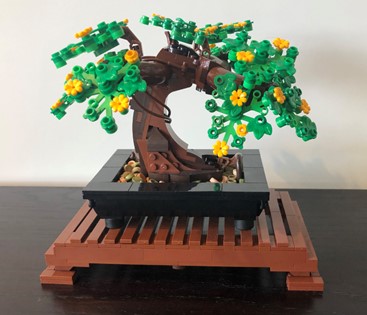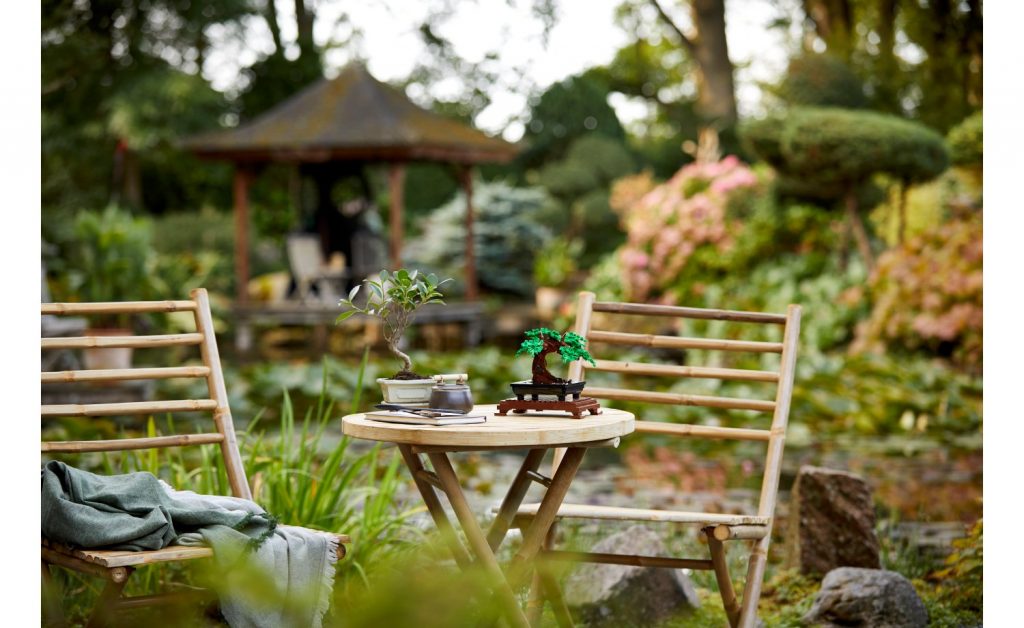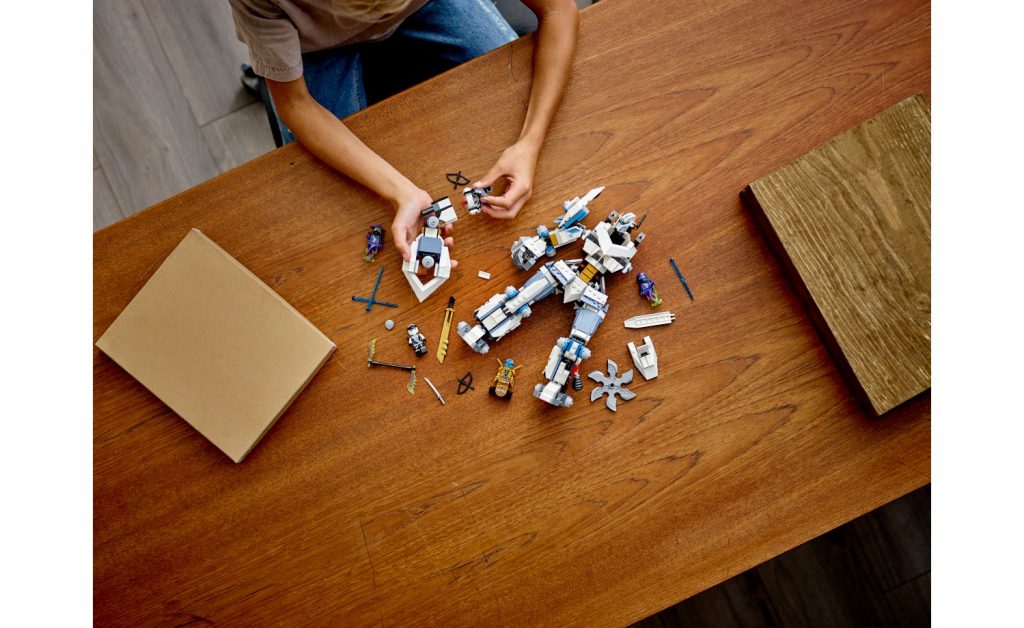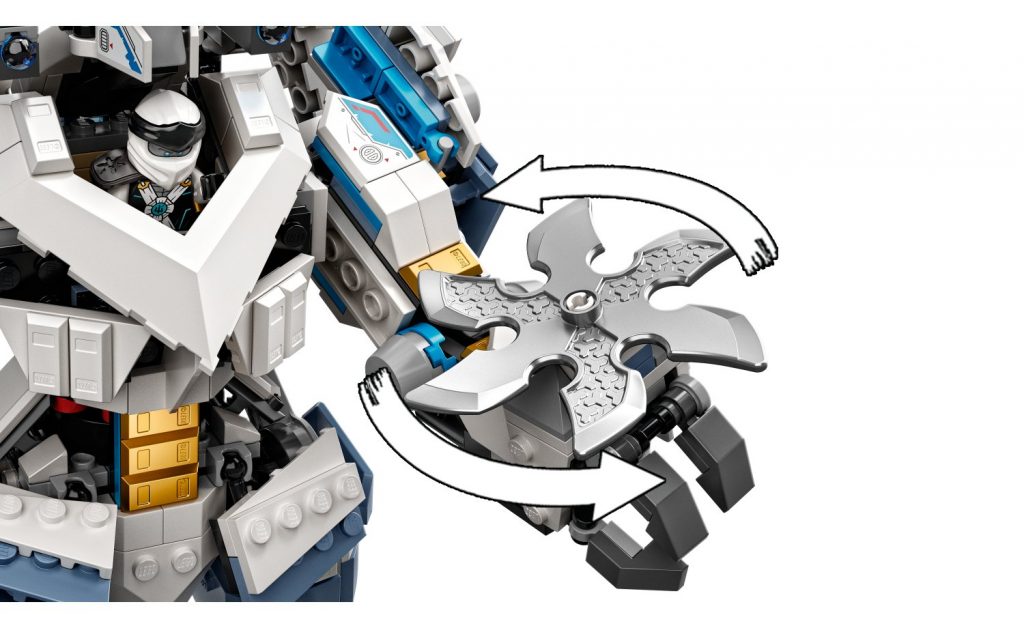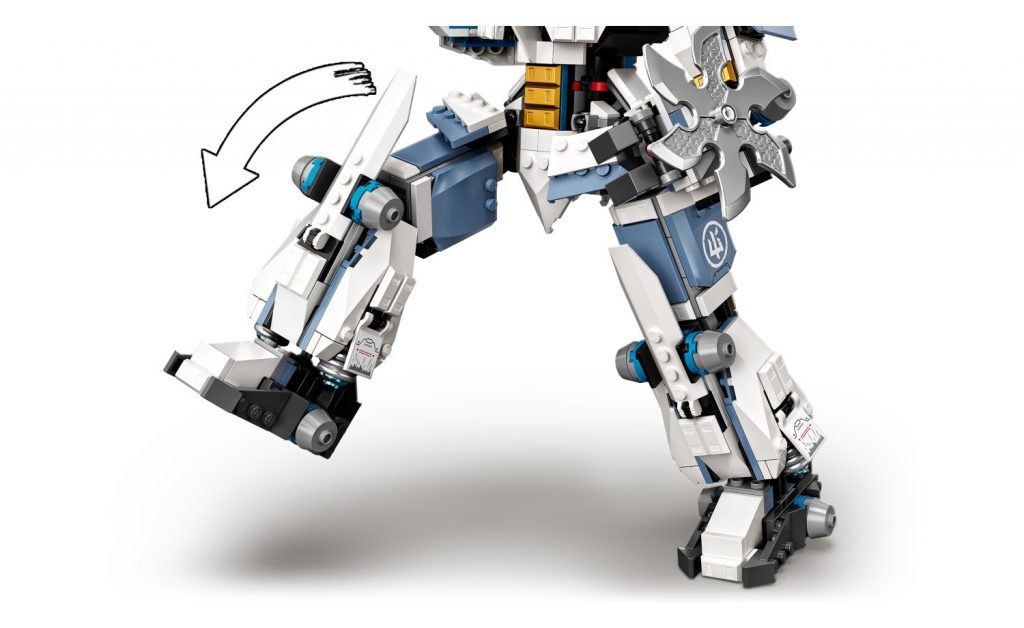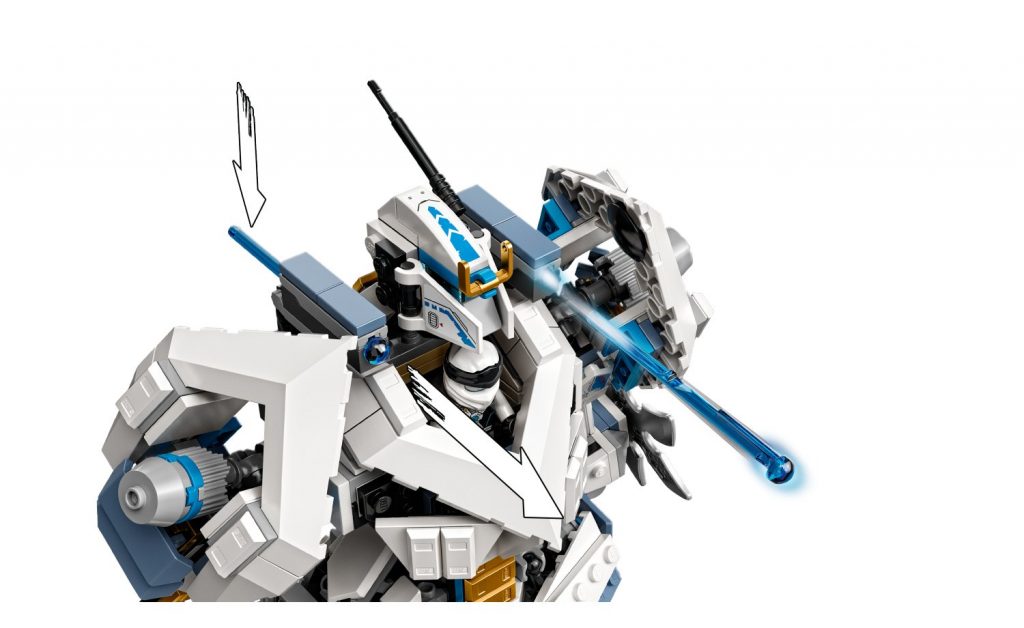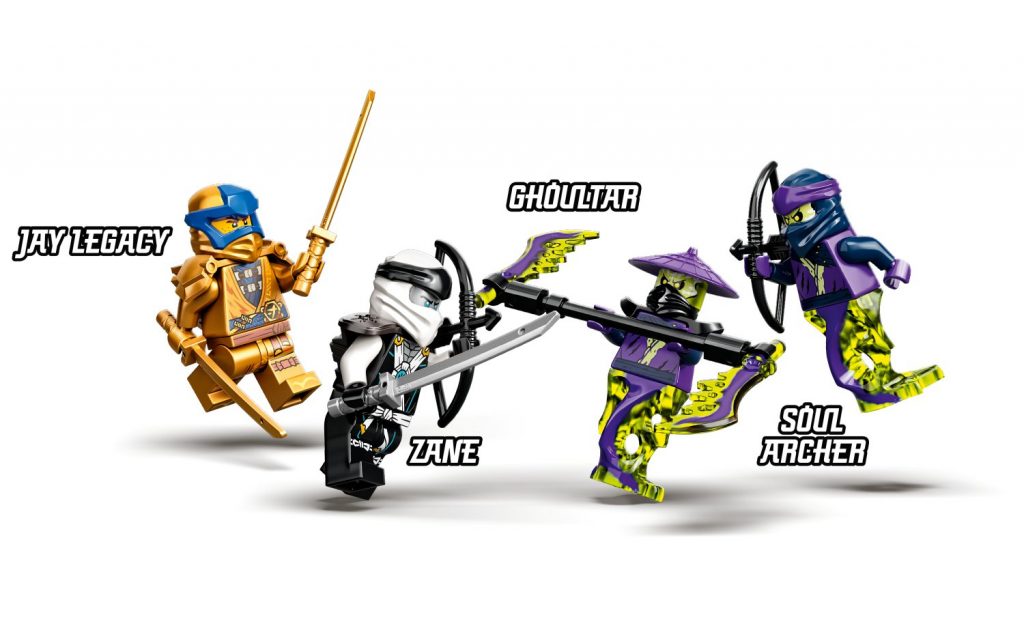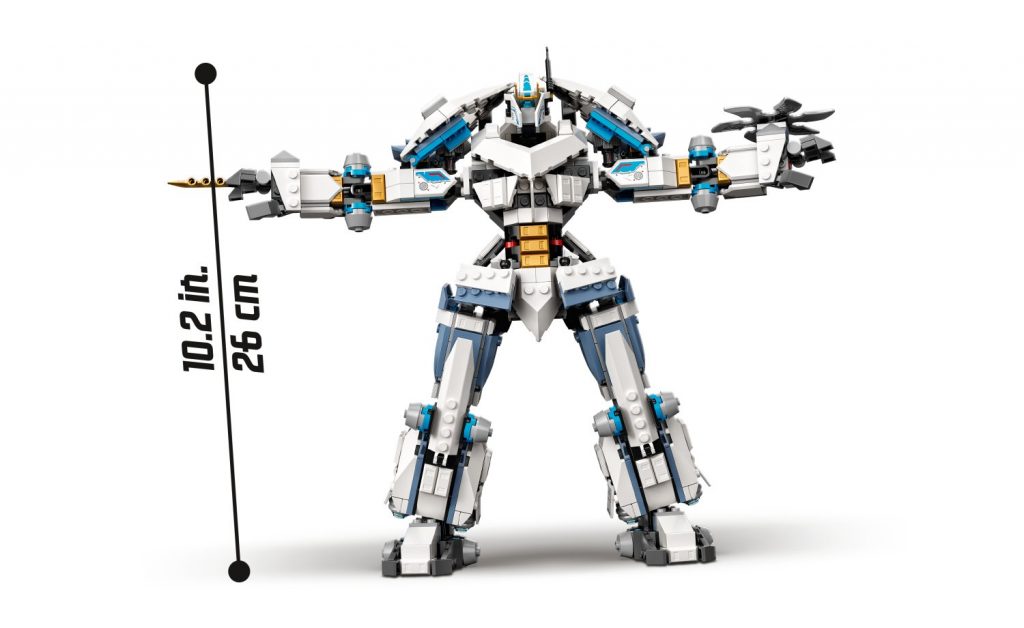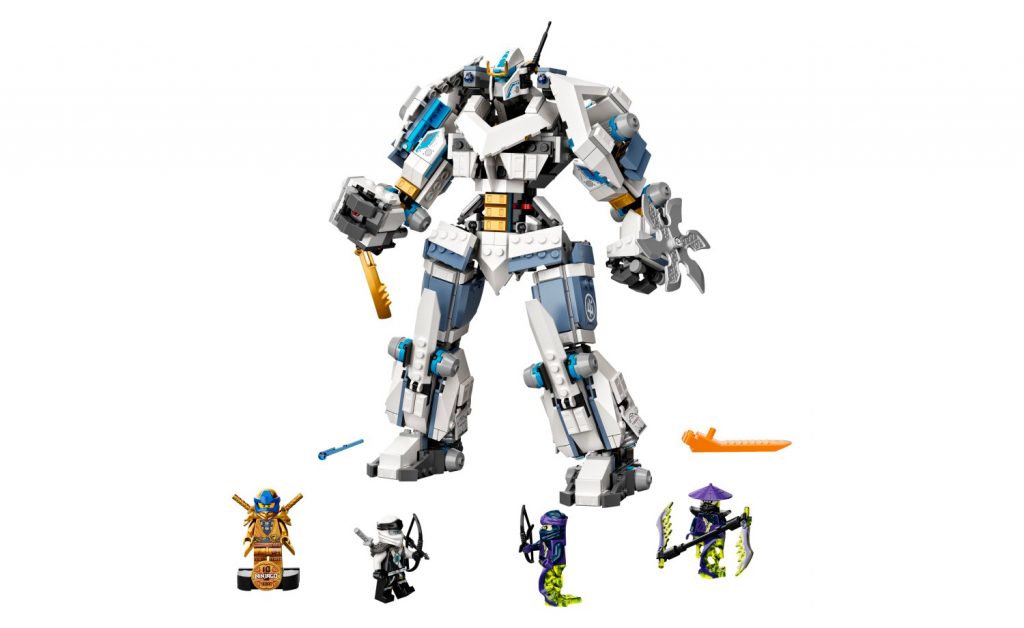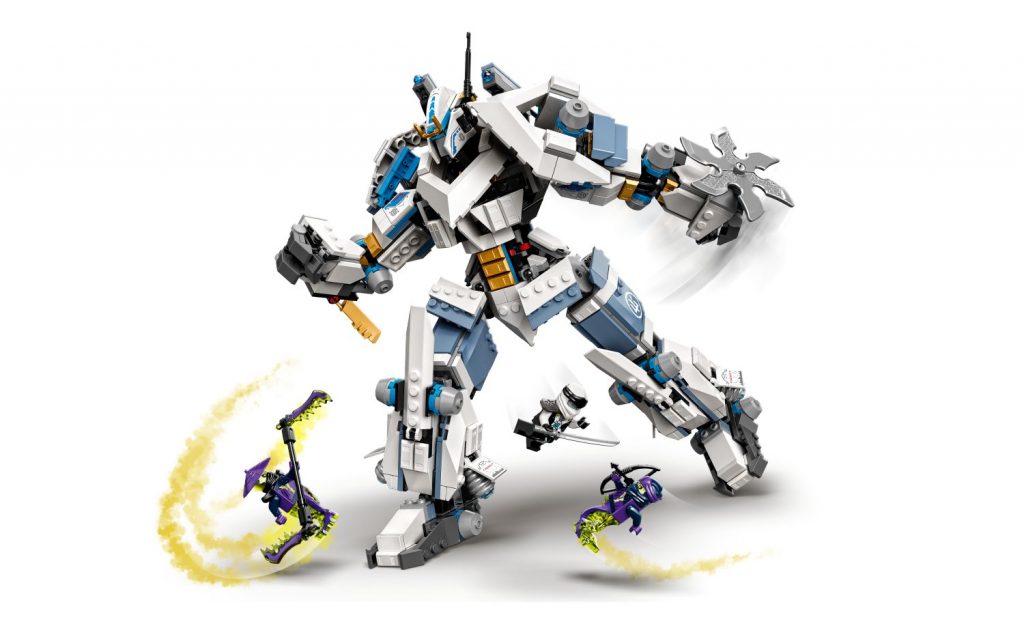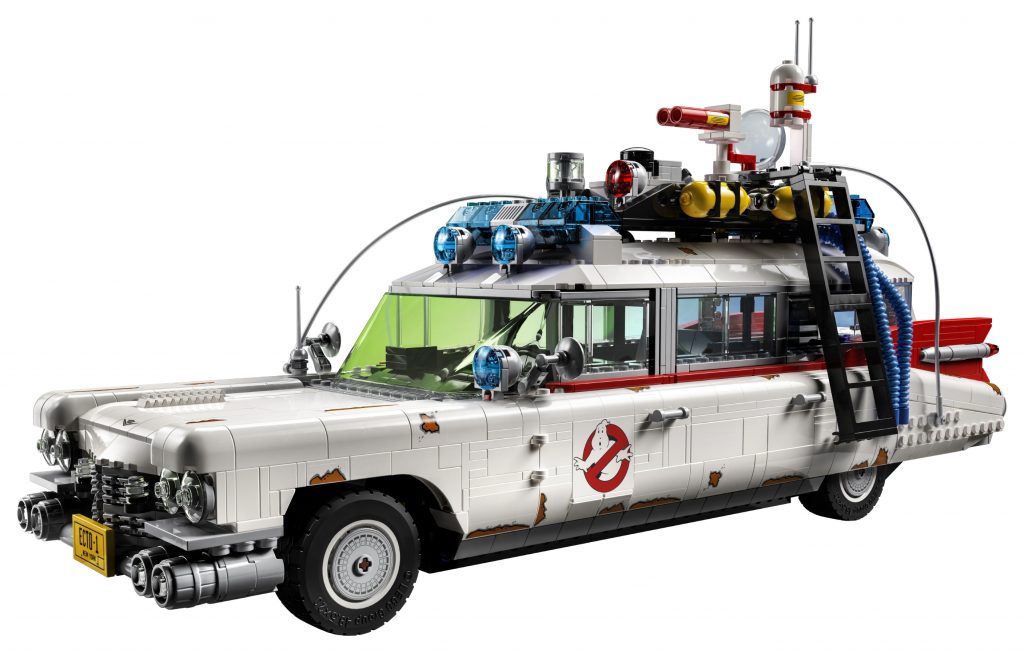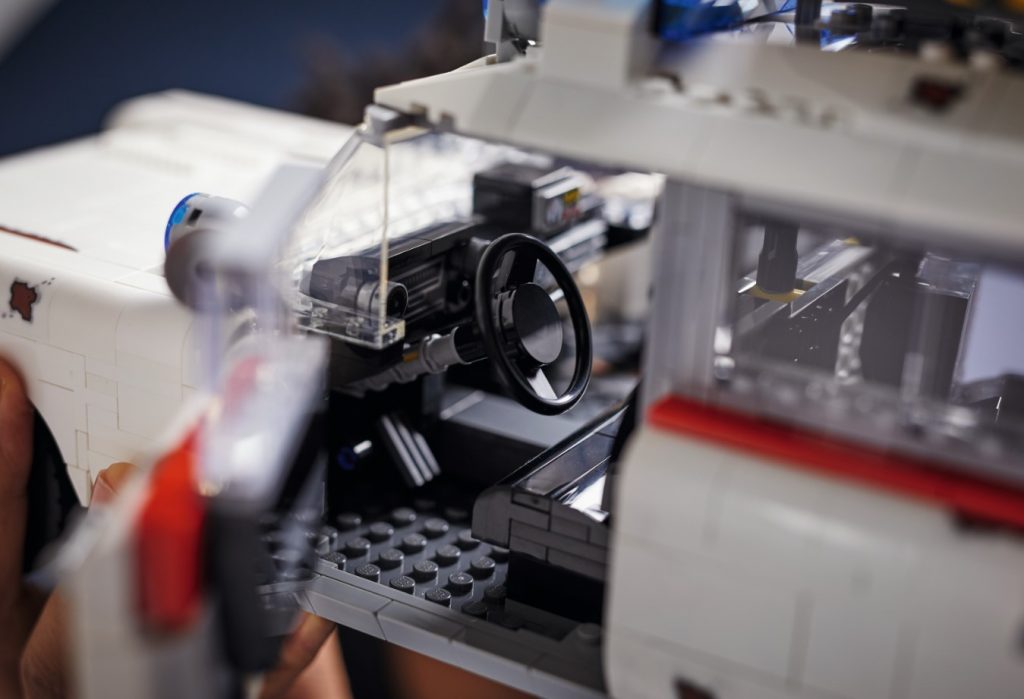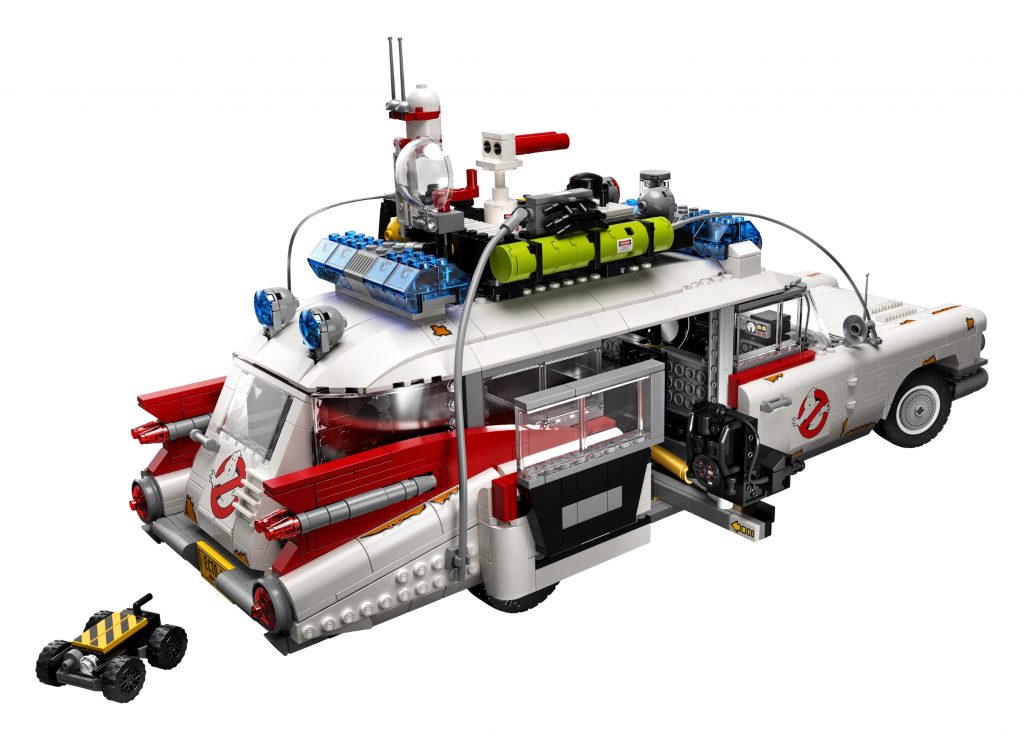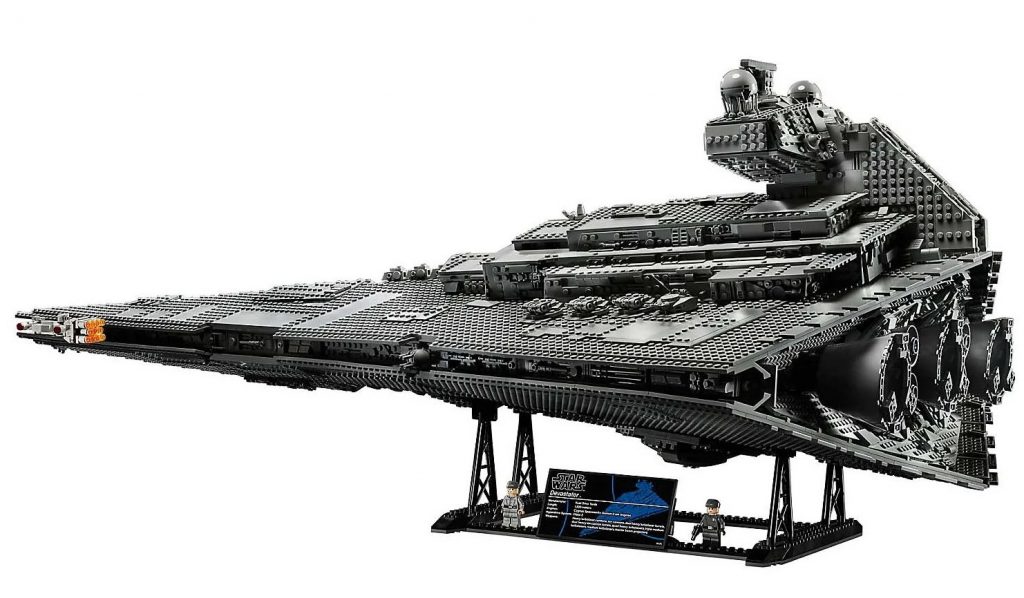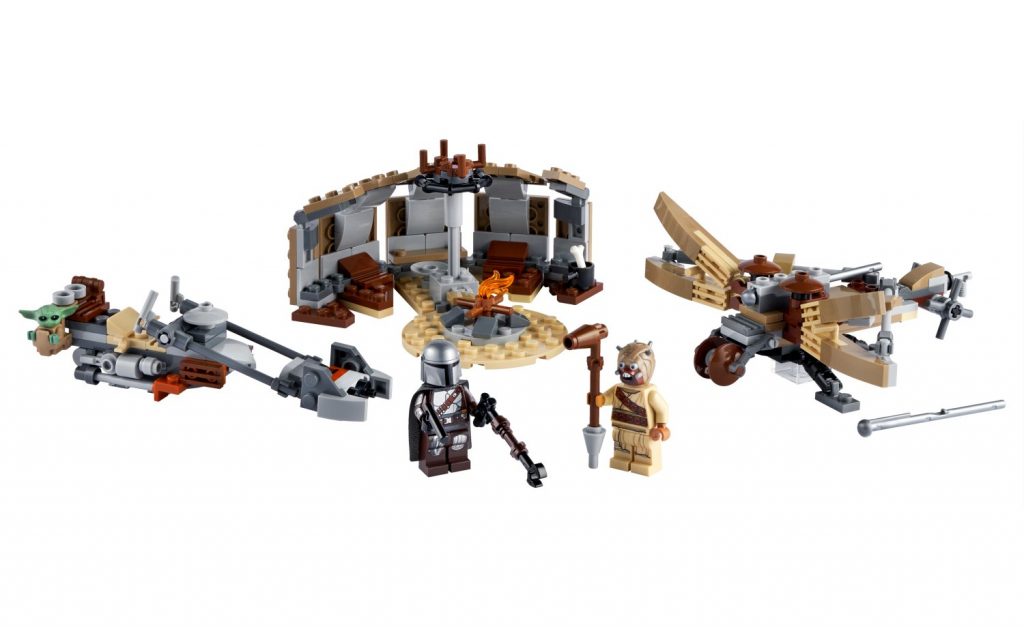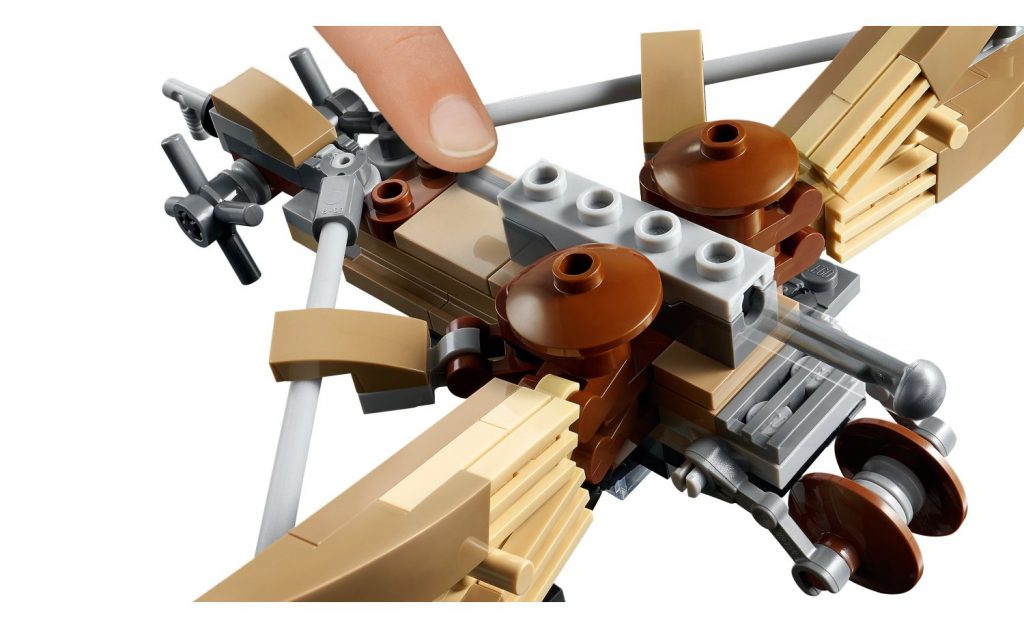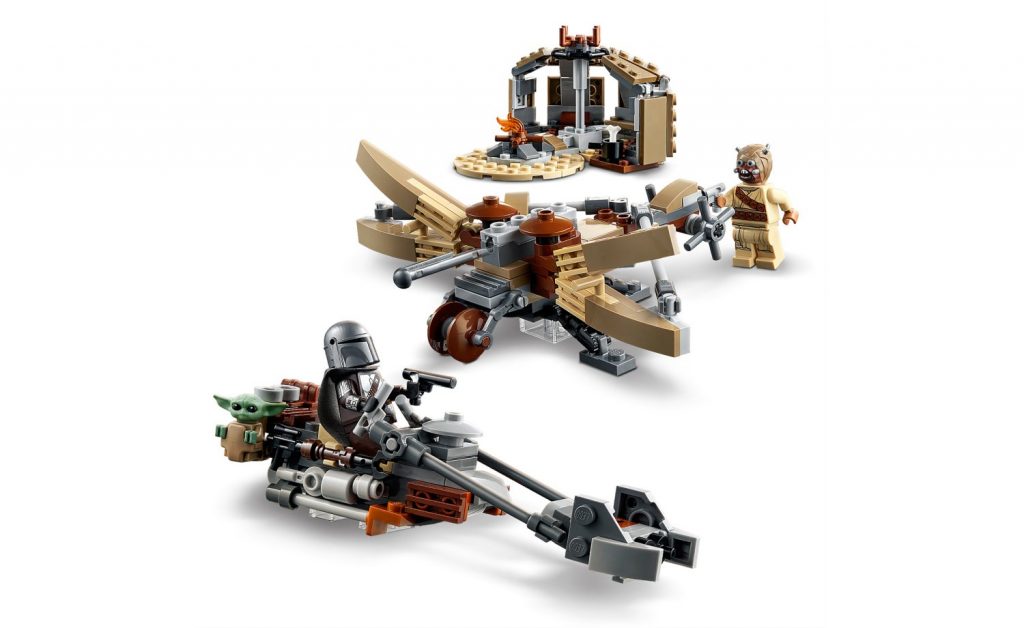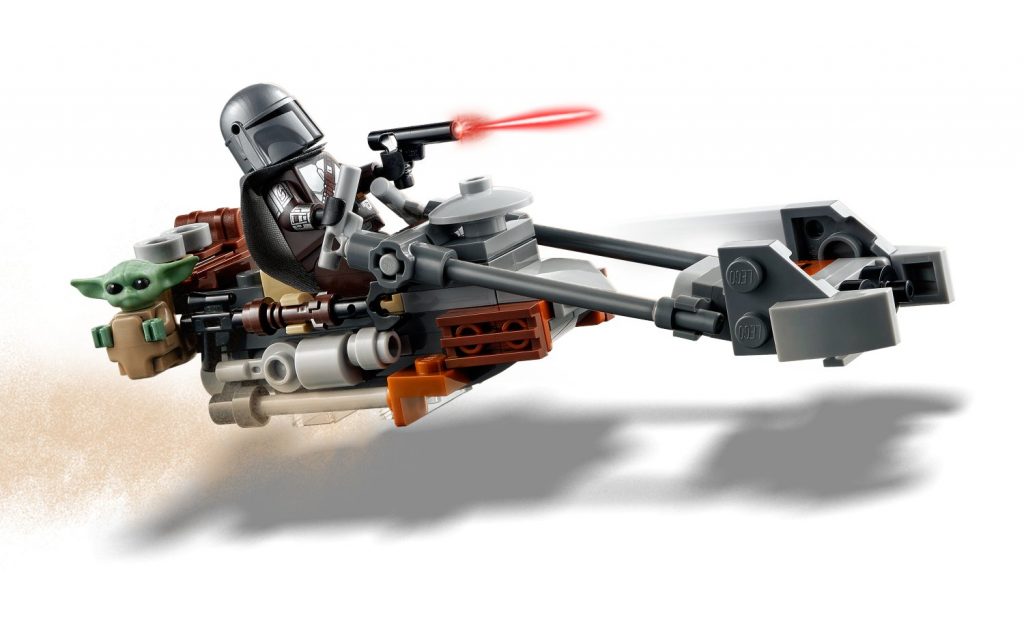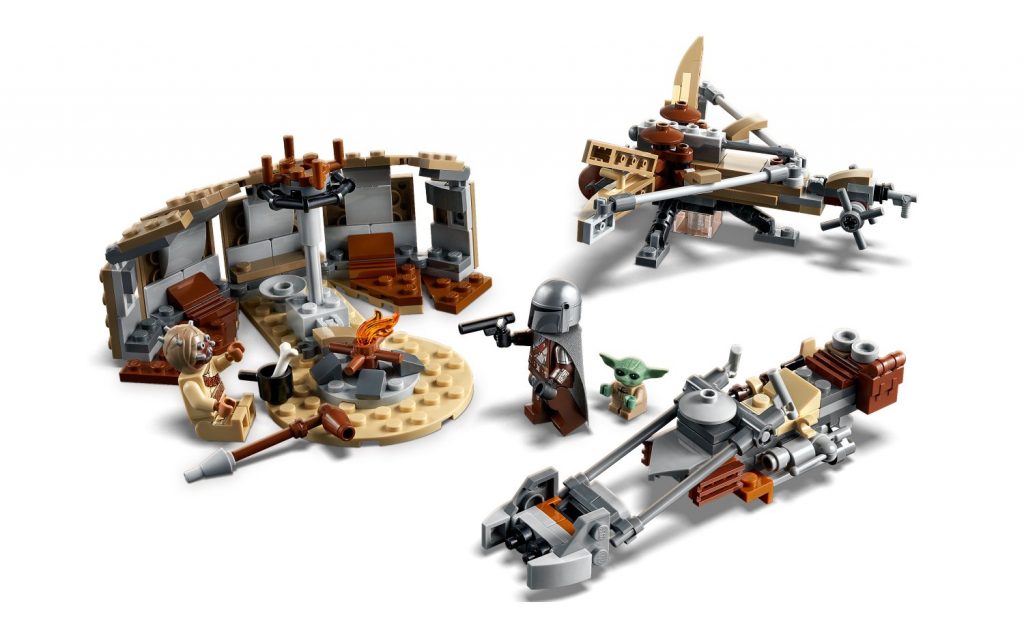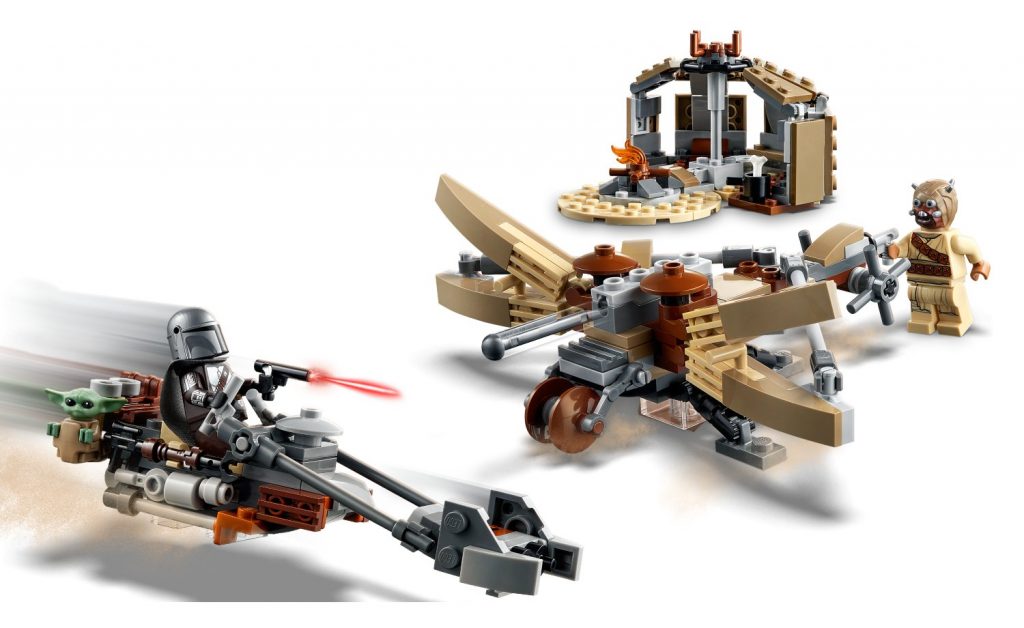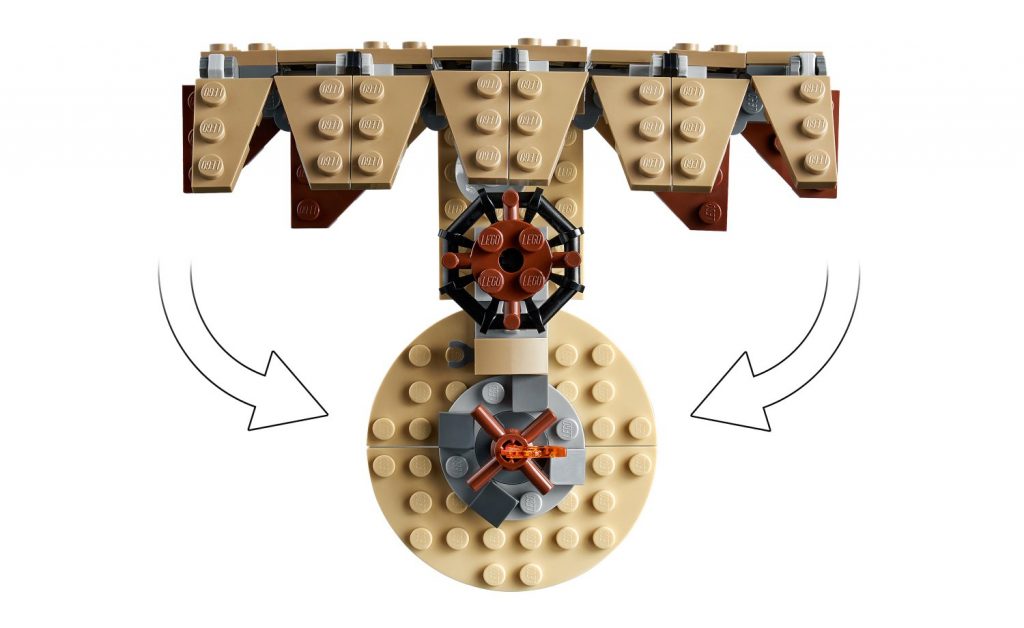Reviewed by Xavier Cordeiro (SAFOLs Member)
Season 2 of The Mandalorian ended
not long ago, so I thought it’d be fun to take a look at a set from the series.
This particular set is based on Chapter 1 of Season 2.
The Minifigures
The 3 Minifigs
included are The Mandalorian, now donning full Beskar armour, the Child, (AKA
‘Baby Yoda’) and a single Tusken Raider.
When I first built
the Mandalorian, I was surprised by the level of detail. With printing on the
legs, torso, and even on both arms, I can say that this is certainly the most
detailed Minifig I own. I don’t get particularly excited about extra arm
printing, but I appreciate how far LEGO went to make this Minifig accurate.
They even went as far as to include the Mudhorn symbol on his right pauldron. Underneath
his iconic helmet is a black head. His grey cape is included, along with his
rifle and blaster to complete the look.
The Tusken Raider
is the same we have gotten for years, and there is really no reason why it
shouldn’t be. The design is very good, with a moulded head piece, and printed
torso and leg pieces. He comes with his ‘Gaffi Stick’, which is a simple build
with 4 pieces.
And finally, the possible highlight of this set, The Child, whose name we learn in Season 2. It’s difficult to capture the cuteness and character of The Child with 2 small pieces, but LEGO did a good job. His design isn’t super detailed, which I think works better here. He has some torso printing, and his head is a rather hard plastic, with slightly flexible ears. Overall, there are really no faults I could find with these Minifigs, and the Mandalorian and the Child are possibly the highlight of my collection now. I believe that a full 10/10 is deserved here.
The Build
This set consists
of three builds: The Tusken Raider’s hut, his ballista, and Mando’s Speeder
bike.
The hut is
definitely the weak point of this set. While the colour scheme works well, I
feel like a handful of pieces could’ve been used to fill the gaps in the walls.
The walls are hinged, so by pushing them out the gaps disappear, but I think
the general look of the more enclosed hut works better. Although I’m not the
biggest fan of the hut, I can say that the other two builds are some of my
favourite small builds from Star Wars.
The ballista is small, but the build is surprisingly fun, and it looks great when completed. The use of small pieces gives it a mechanical look, while staying primitive, which is good for a weapon built by the Sand People. The winch at the rear is so well done that for me it’s almost the highlight. There’s just enough friction to make it seem like there’s really something to winch back.
Last is Mando’s
Speeder Bike. Again, the build is really fun for a small speeder.
I like how it isn’t super oversized like other LEGO speeders/bikes, but it’s still large enough to work as its own build. There’s some nice greebling for detail, and even accommodation for The Child. Overall, the speeder looks great, and is my favourite small vehicle from Star Wars.
The ballista is excellent, and the hut, although not bad, could have been slightly better. I think less than 8/10 here would be unfair.
Packaging
There’s not really
much to talk about here. The box is just the standard ‘$30’ box size, with
three plastic bags inside. I know that LEGO is working to cut down on plastic
use, so something that I always wonder about is why they don’t use slightly
smaller bags, or just fewer bags. It’s a minor point, but I feel like it could
help slightly. A single instructions manual is included, which gives us a look
at the yet unreleased March Star Wars wave. In case anyone’s concerned, the
blue Lightsaber blade with Luke from the Imperial Shuttle set is just a
misprint and has been confirmed to be green. An additional point to mention is
that no stickers are included in this set. There’s never really much wrong with
LEGO’s packaging, and I believe 9/10 is fair.
Playability
There aren’t many
play features in this set, but I personally don’t like too many. There’s
obviously the feature where the hut can hinge back to make a more open space,
but I wouldn’t necessarily call it a play feature. The only real play feature
here is the spring-loaded projectile on the ballista. It works decently, and
the ballista’s legs allow it to adjust up or down. I like the positioning of
the projectile, as it’s just high enough to hit Minifigs square in the torso,
which is always fun to play around with. I’ve found it slightly difficult to
launch sometimes, because the design of the back of the ballista makes it
difficult to push the projectile down far enough to launch, so you have to just
press down a little higher up on the missile. It feels a bit strange to me, but
aside from that it works fine. The ballista is a rare case in Star Wars sets
where the projectile almost exactly matches the in-universe weapon, both in
colour and design, so I feel some credit should be given there. 9/10 meets the
case here in my opinion.
Value
This set costs
between R580 and R600, with 276 pieces. That comes to about R2.13 per piece,
which feels a bit steep. For the price, I feel that another Minifig like an
extra Tusken Raider would make the price perfect. Alternatively, if the price
were nearer to R500-550 I’d be perfectly happy. However, it should be
considered that the Mando minifig is highly detailed, and the set provides a
cheap way of getting the two main characters in the series. In conclusion, I
feel that one or two things could’ve been changed to make this set really worth
the money. Given the quality of the Minifigs and the builds, I feel that 7/10
is about right for value.
This is a tad unconventional, but I have
one recommendation for this set. As I’ve said, it’s a great set, but to take it
to the next level, I suggest pairing it with set 75265 – T-16 Skyhopper vs
Bantha Microfighter to create the perfect Tatooine environment. The T-16
doesn’t really fit, but the Bantha and the extra Tusken Raider make it a really
complete combination. I’ve put them into the same display, and it almost feels
like they were designed for each other. It brings some more life into the whole
scene, and makes the link to the episode it’s based on even better.
Overall, I really enjoyed this set. It’s been sitting on my shelf for over a week now, and I still like it as much as when I built it. Sure, the value isn’t perfect, but there are so many merits to this set. The builds are great, with the hut being a minor let-down. The Minifigs are honestly perfect for the set, and although I feel like the value isn’t excellent, what you get once you’ve built it feels good. The ballista and the speeder bike are very complete builds, and again, Mando and The Child are great additions to my collection. It’s not perfect, but I believe LEGO designed a great set with just 276 pieces. My overall score comes to 86/100, which I think is just right: Not perfect, but close to it for a small set.


